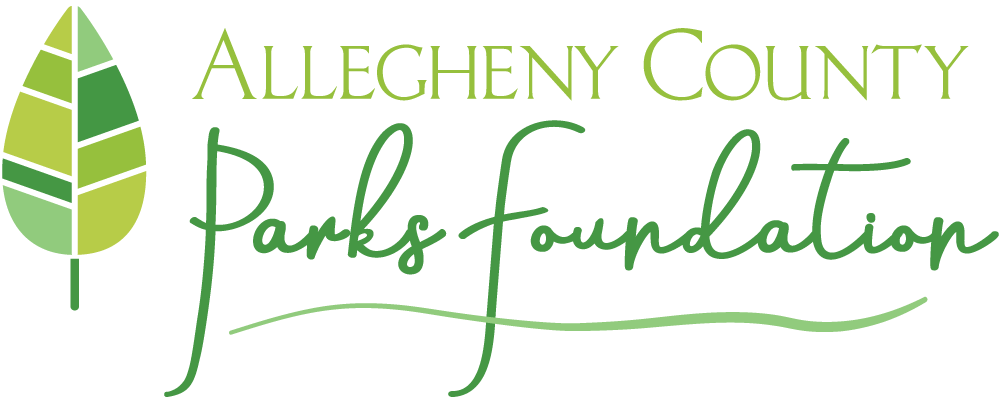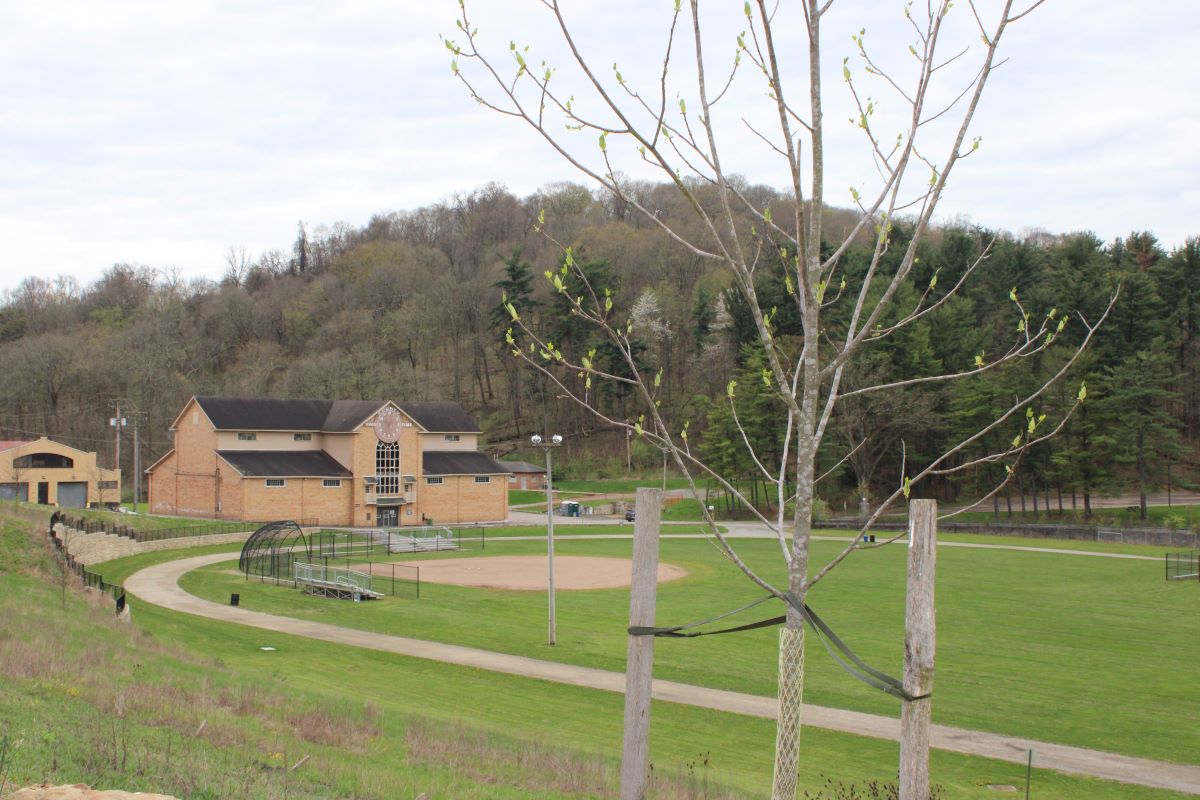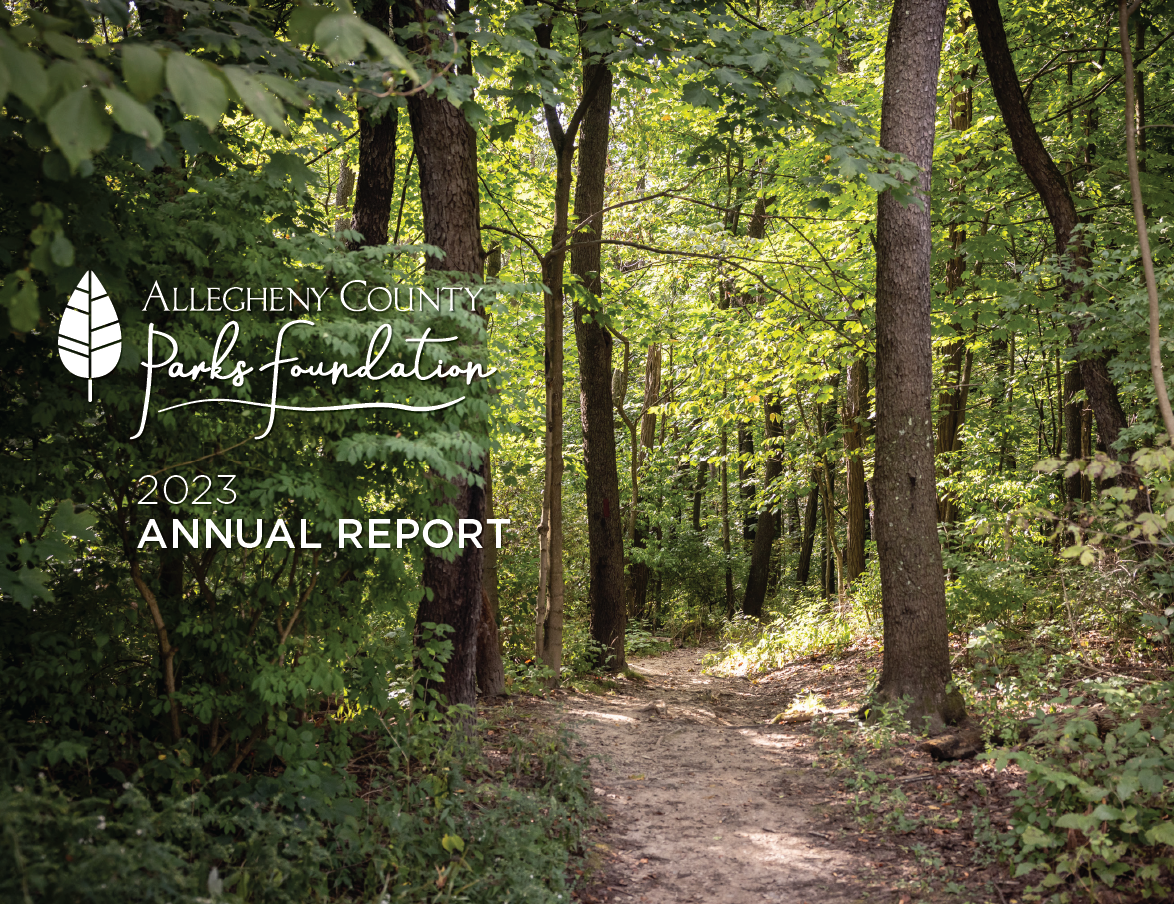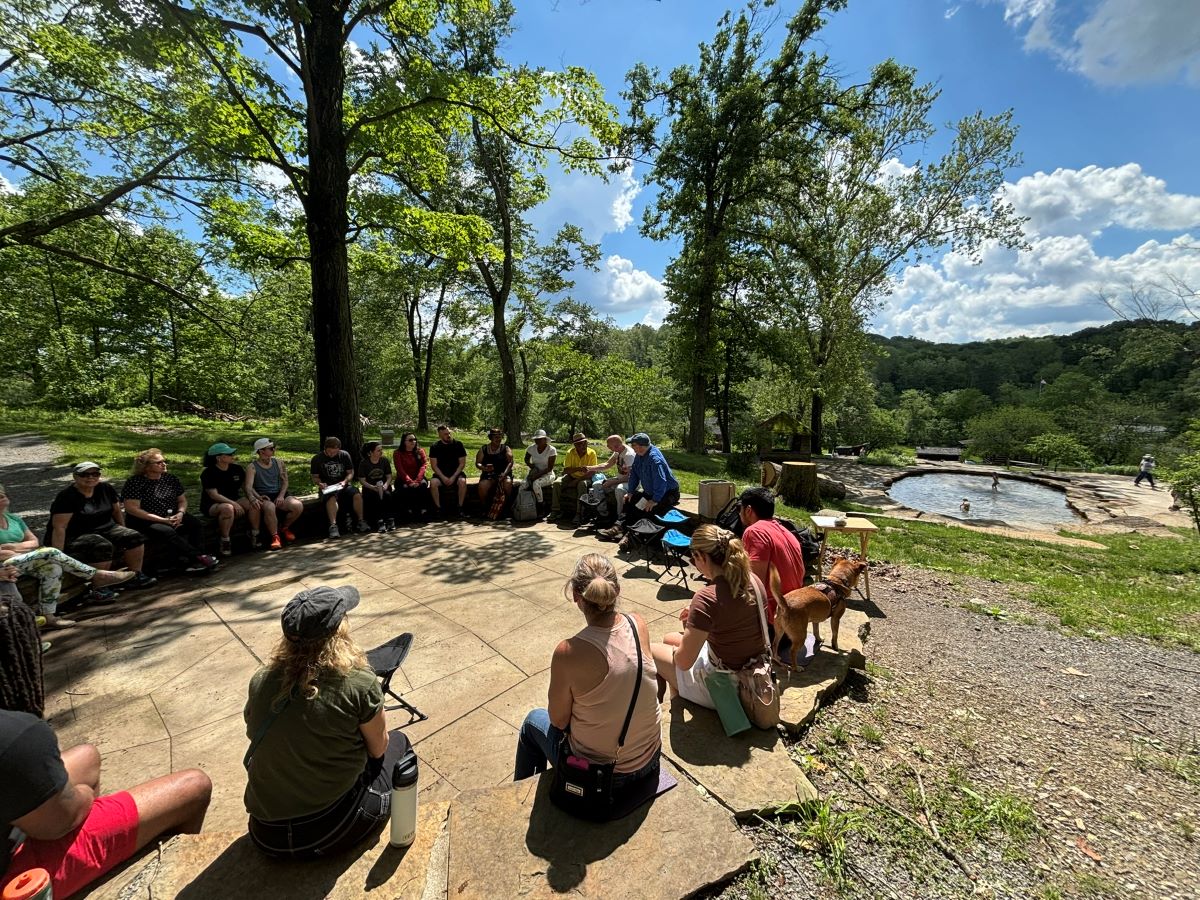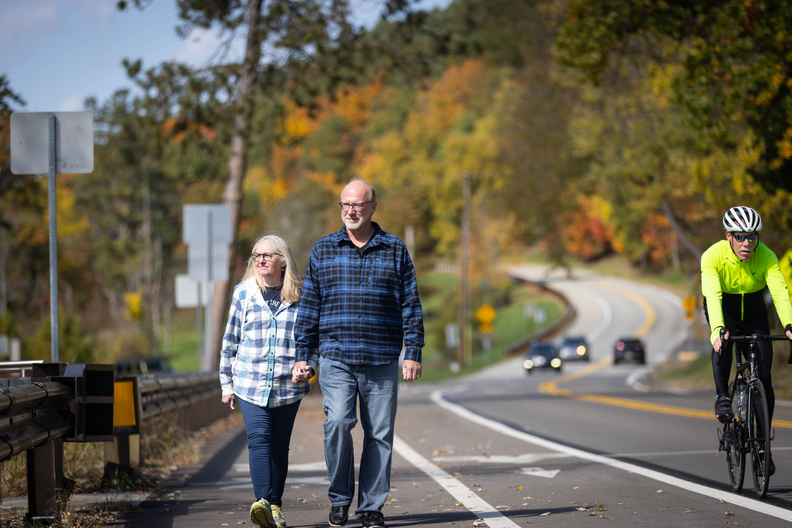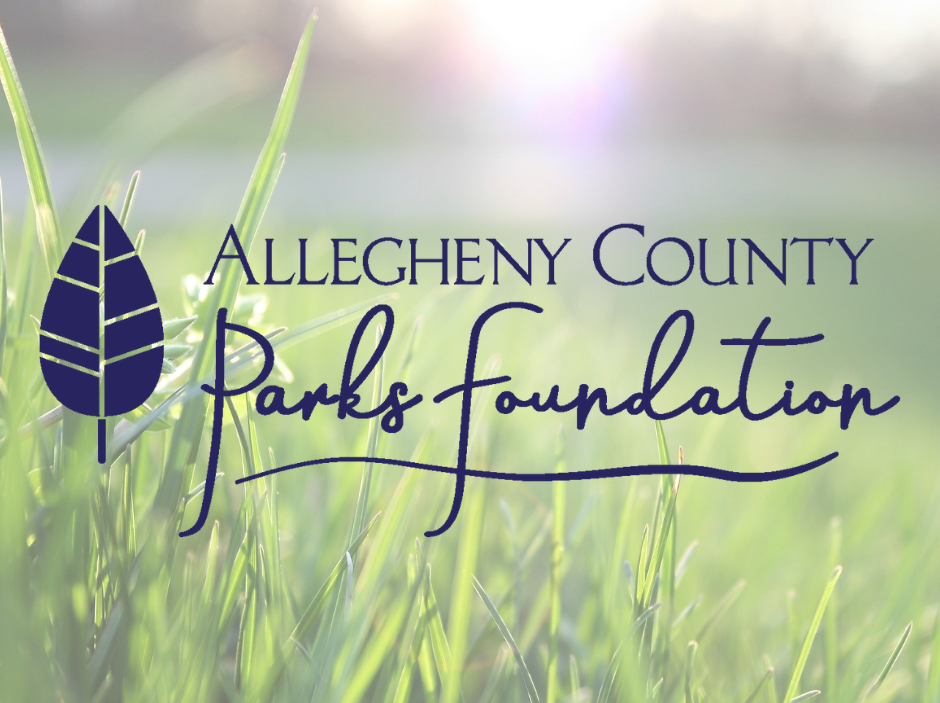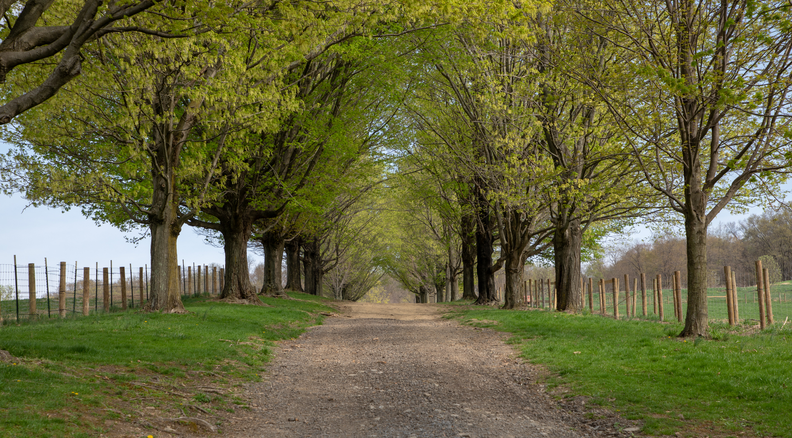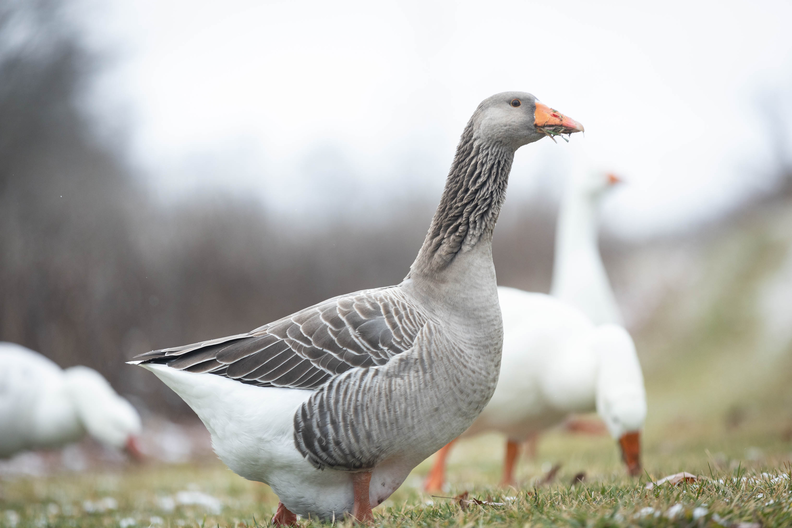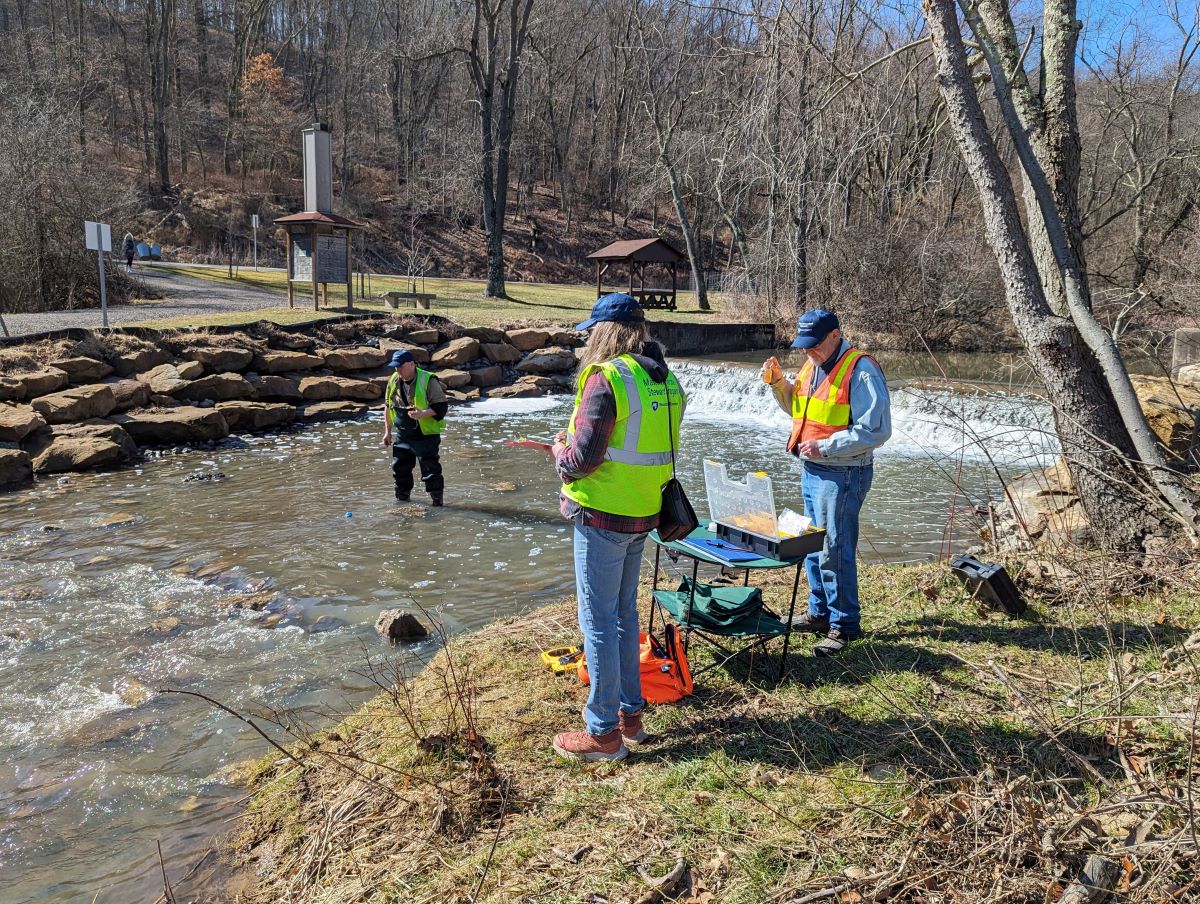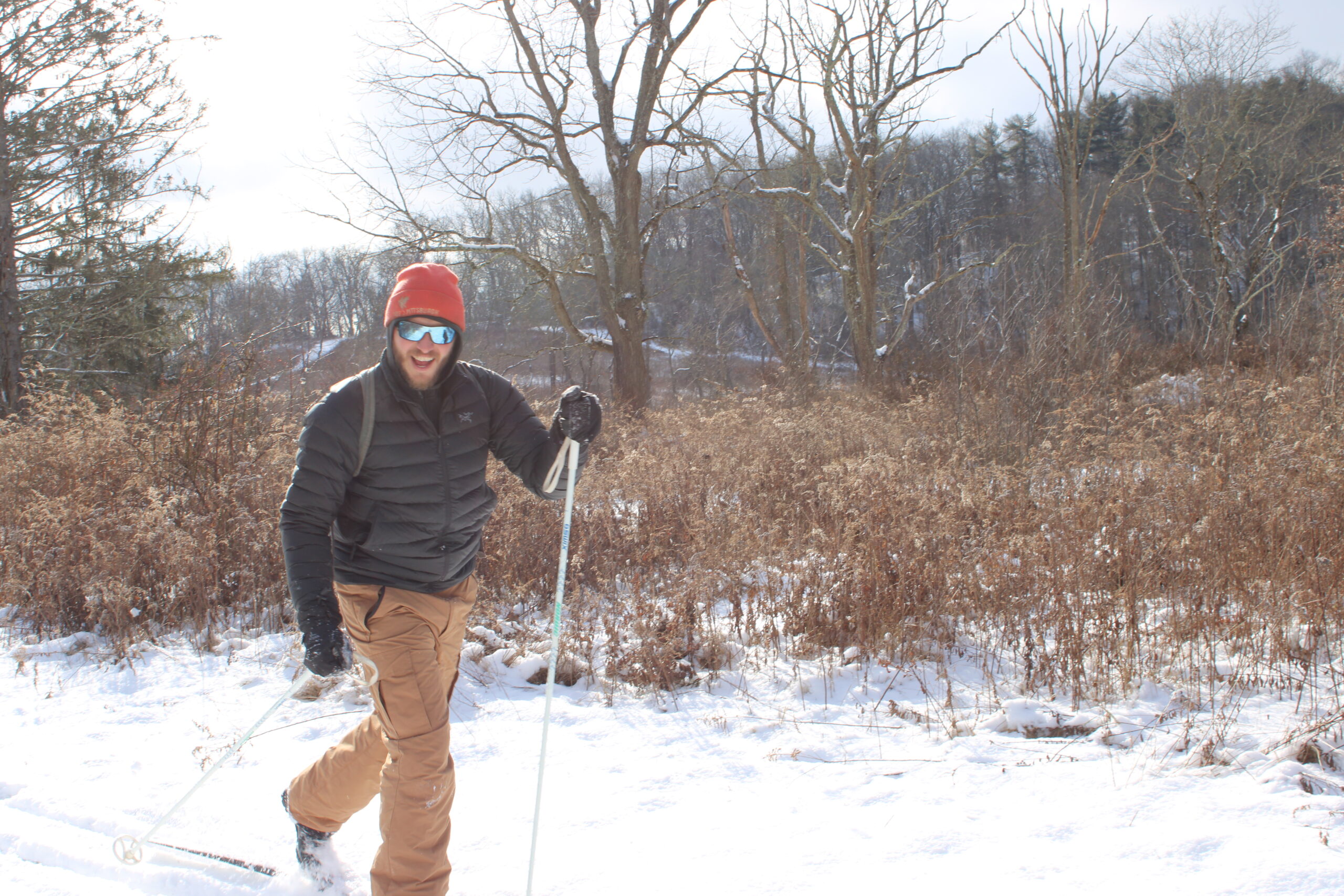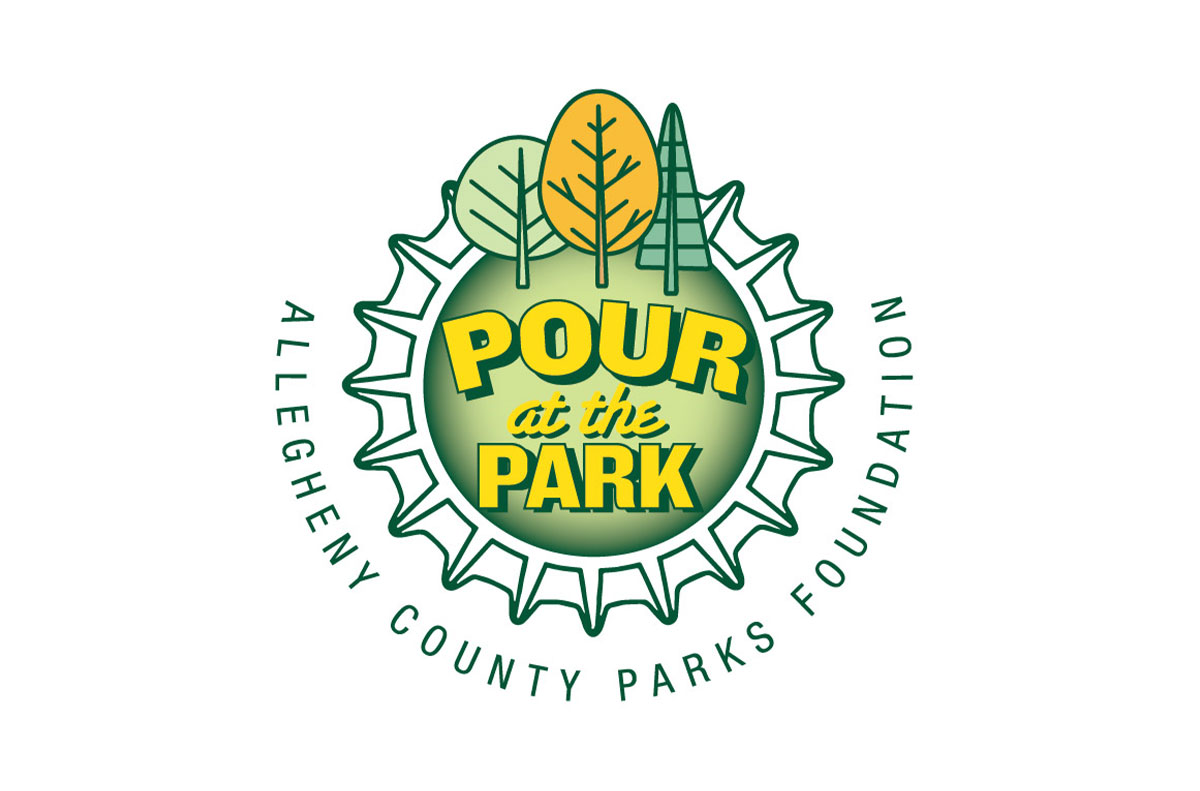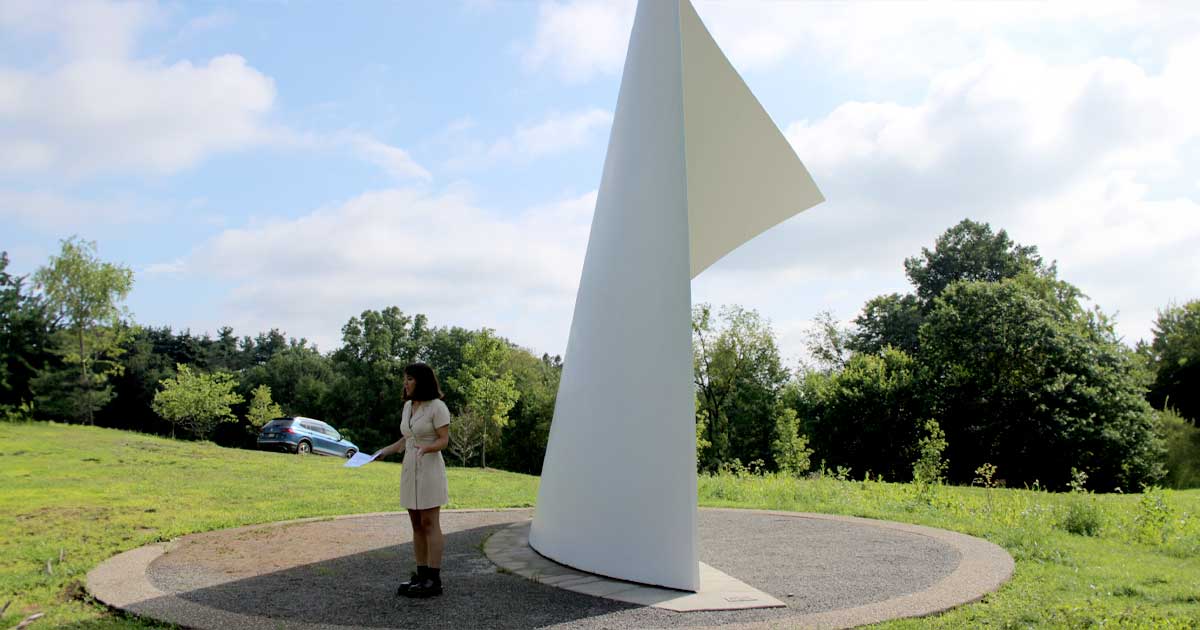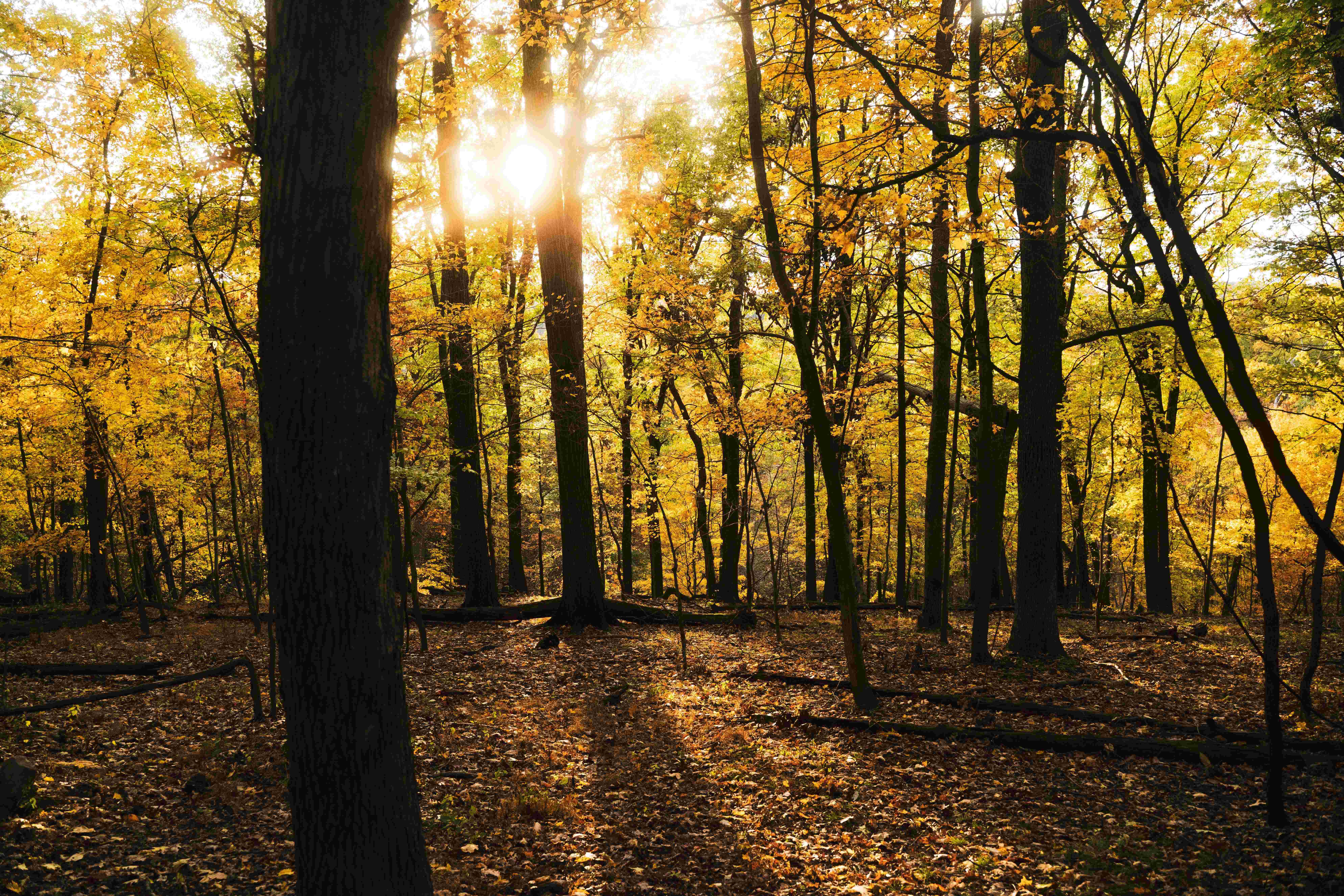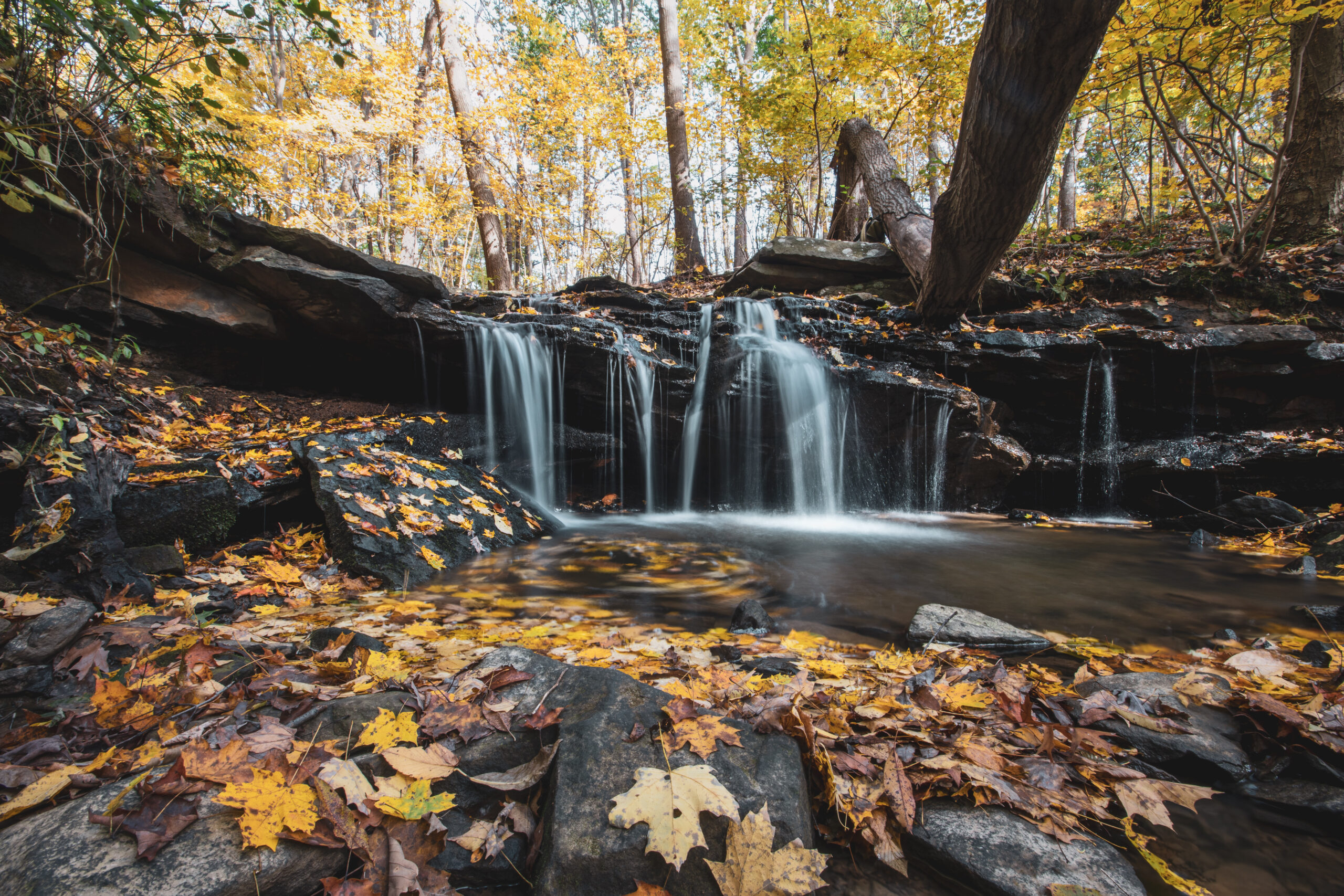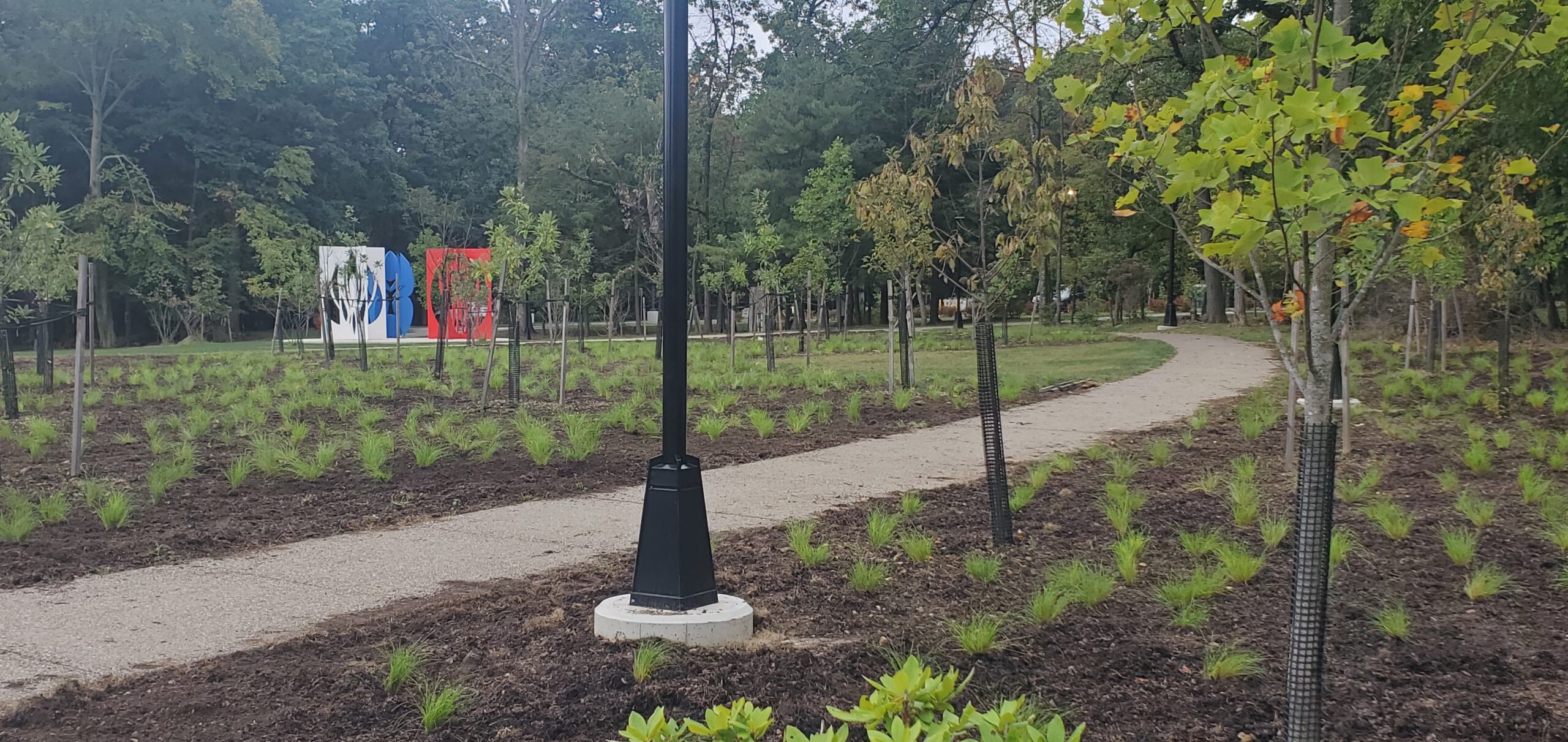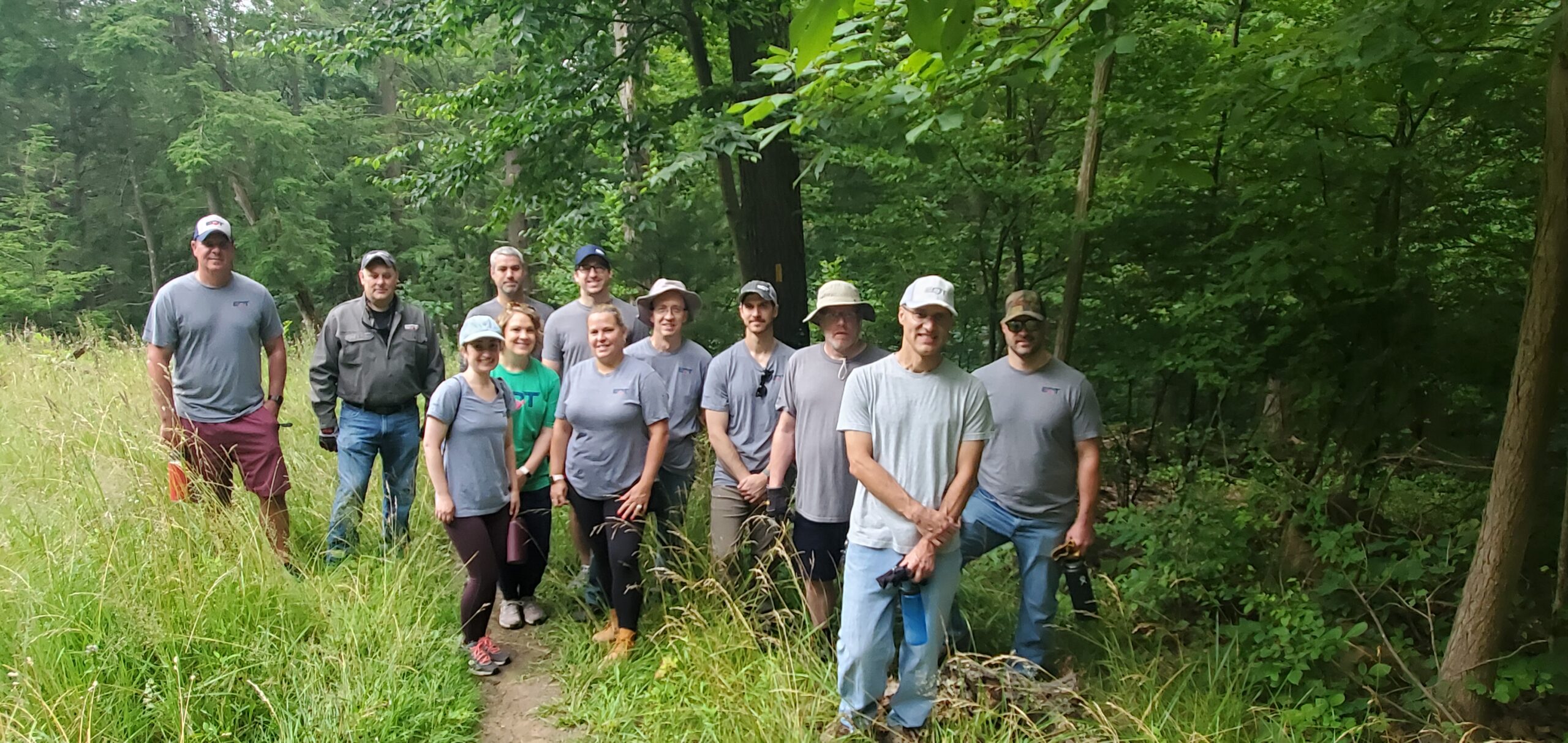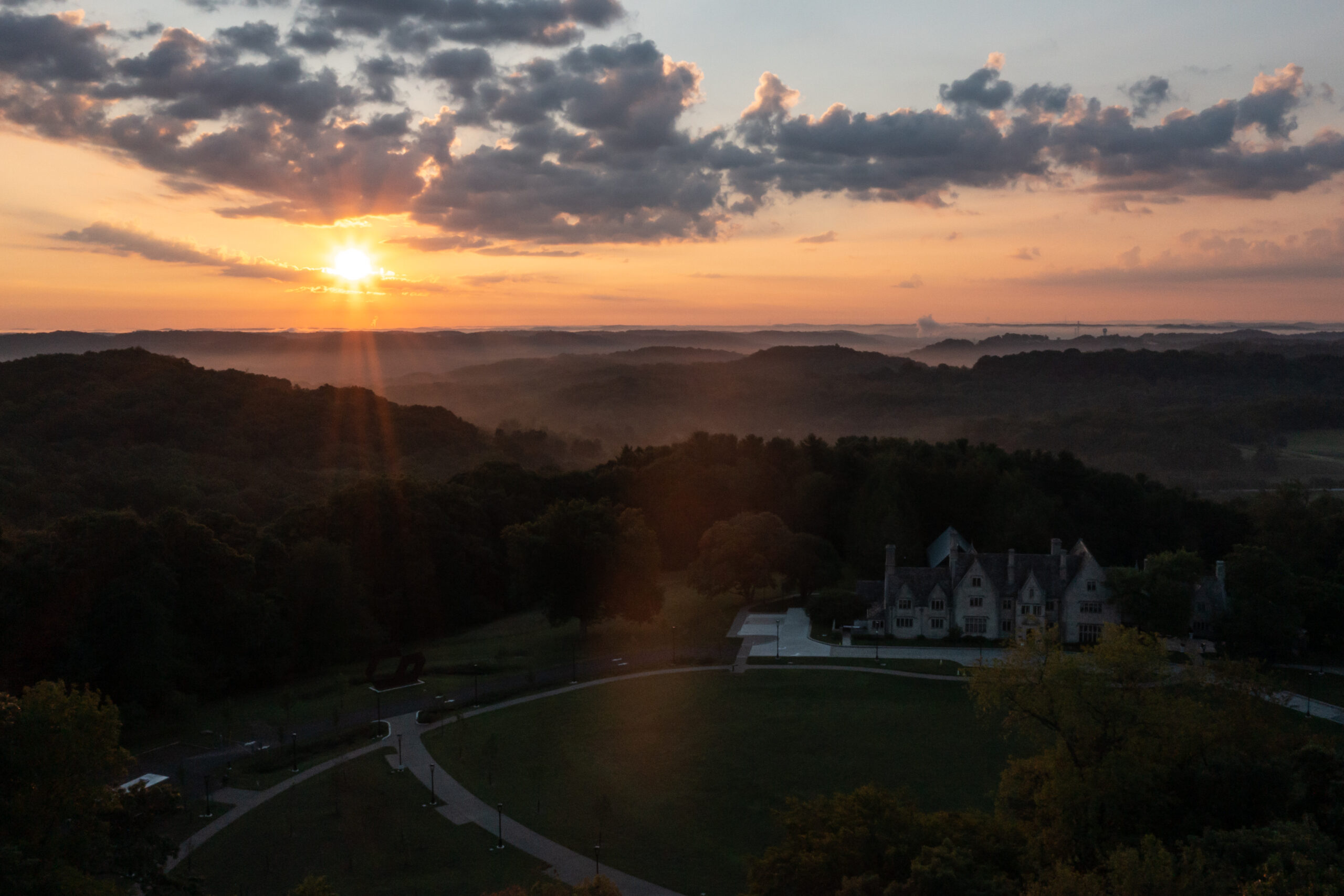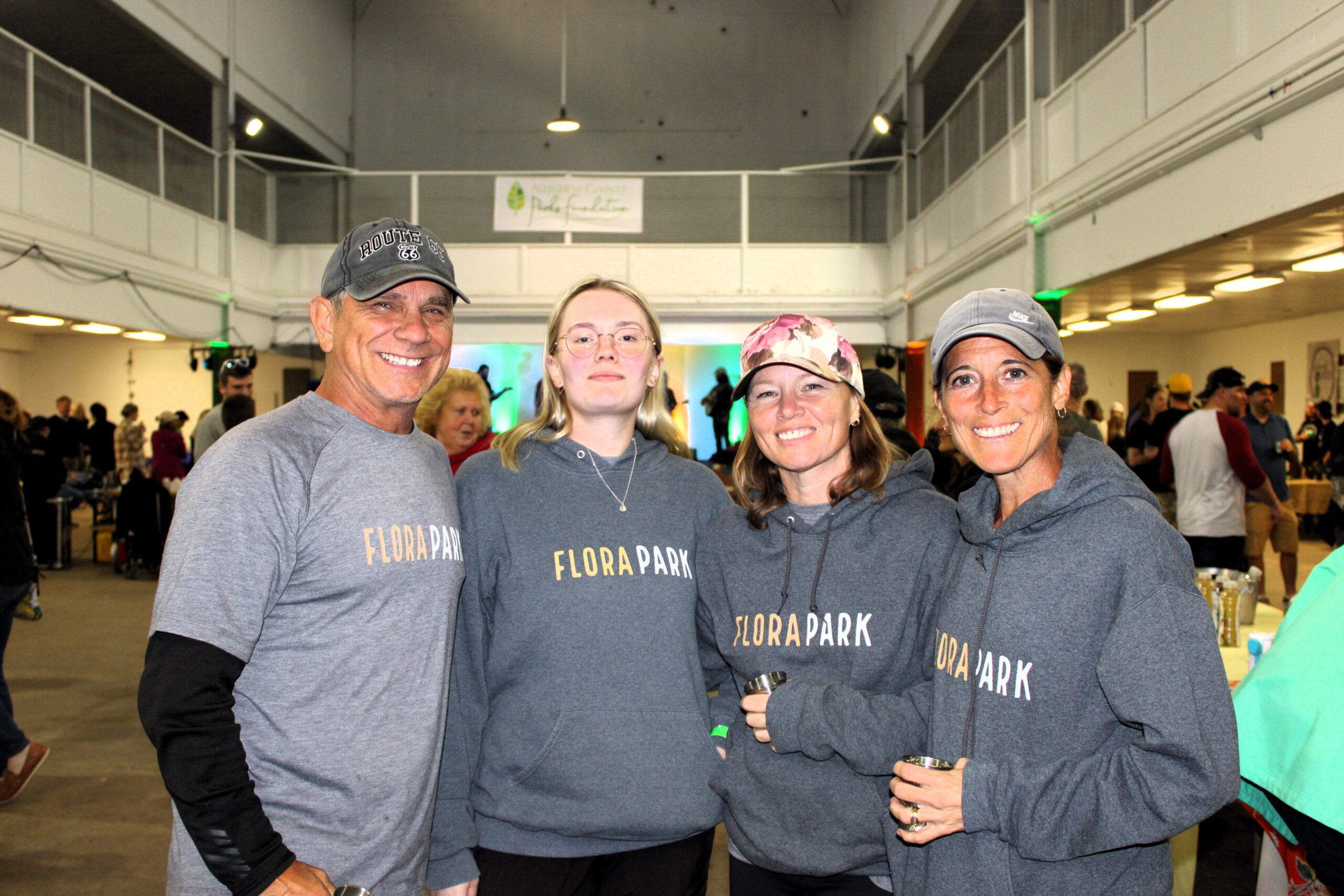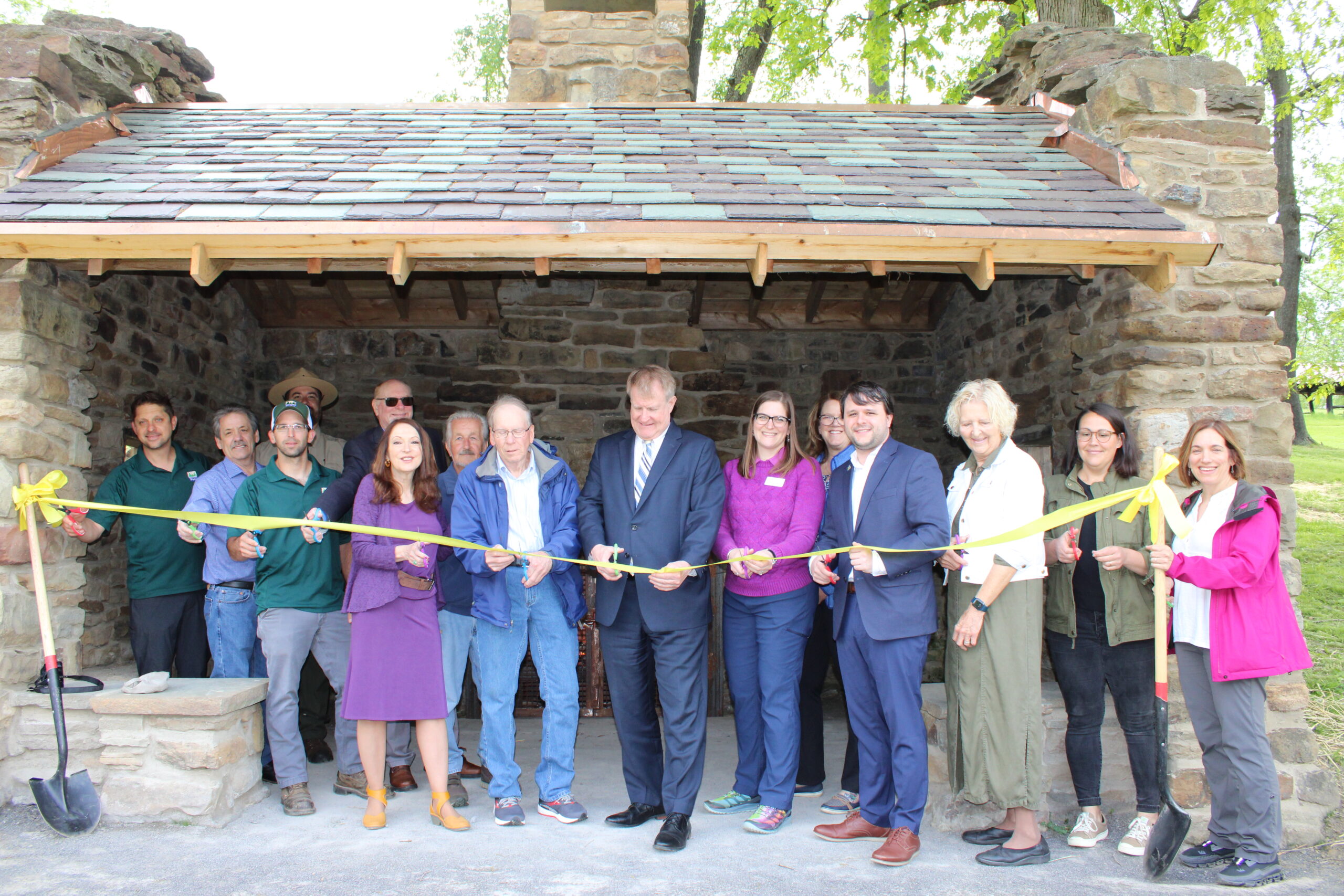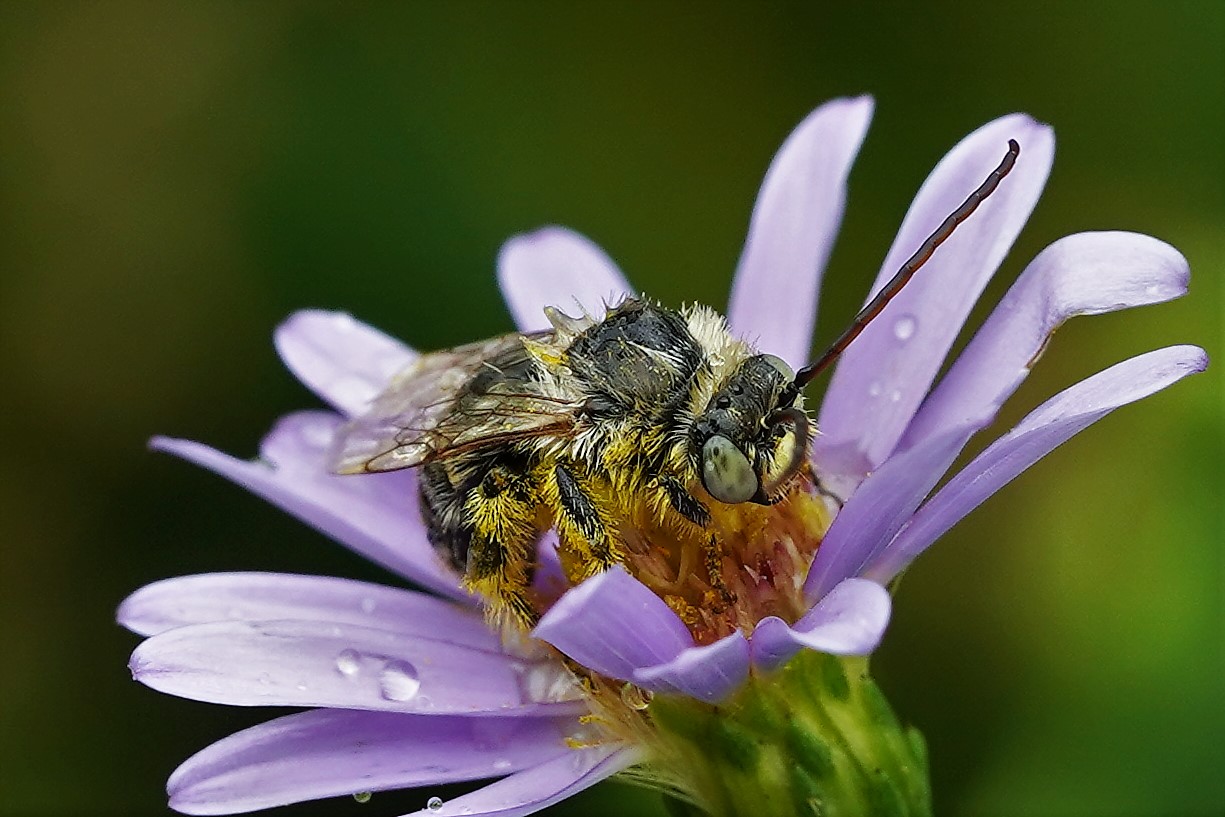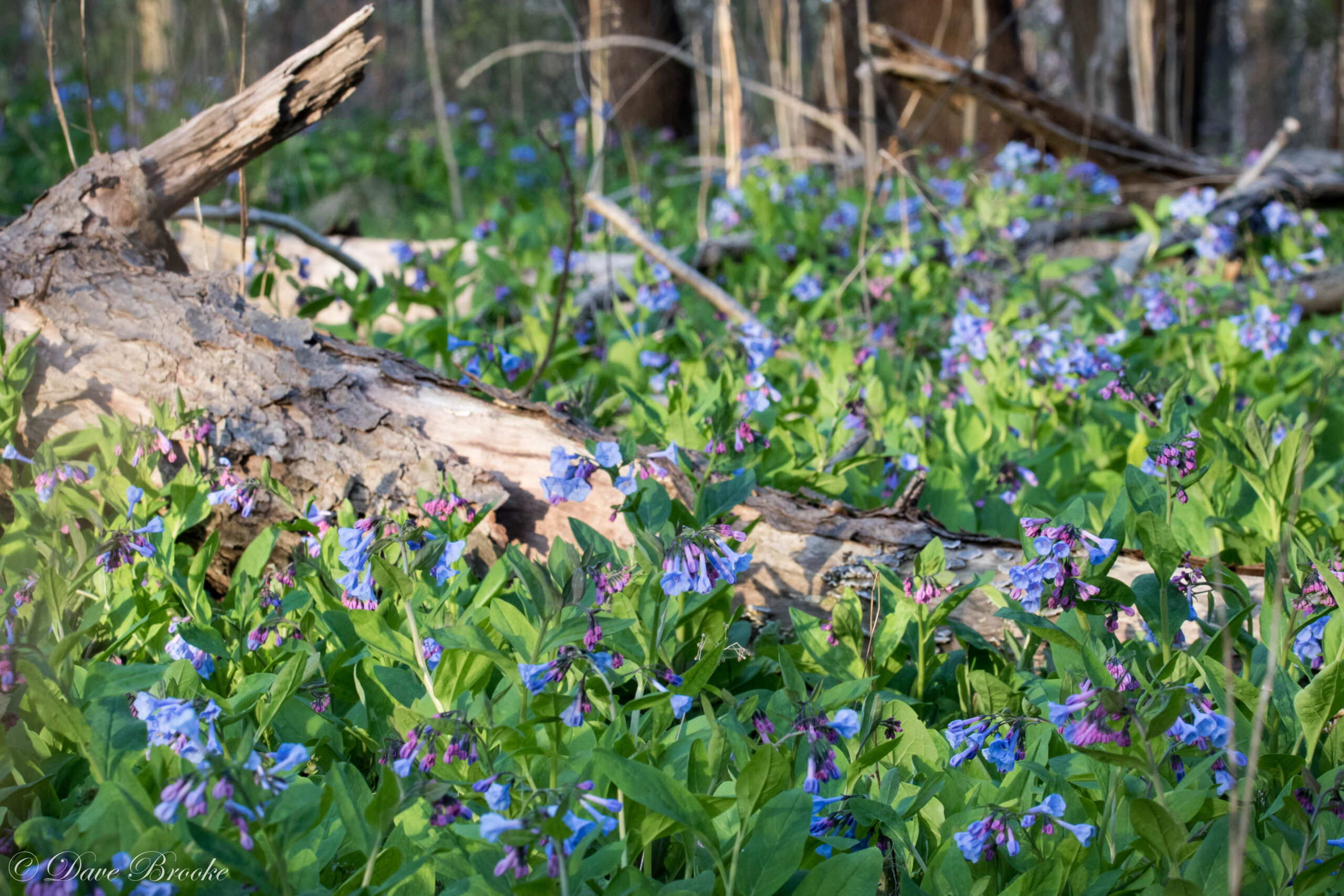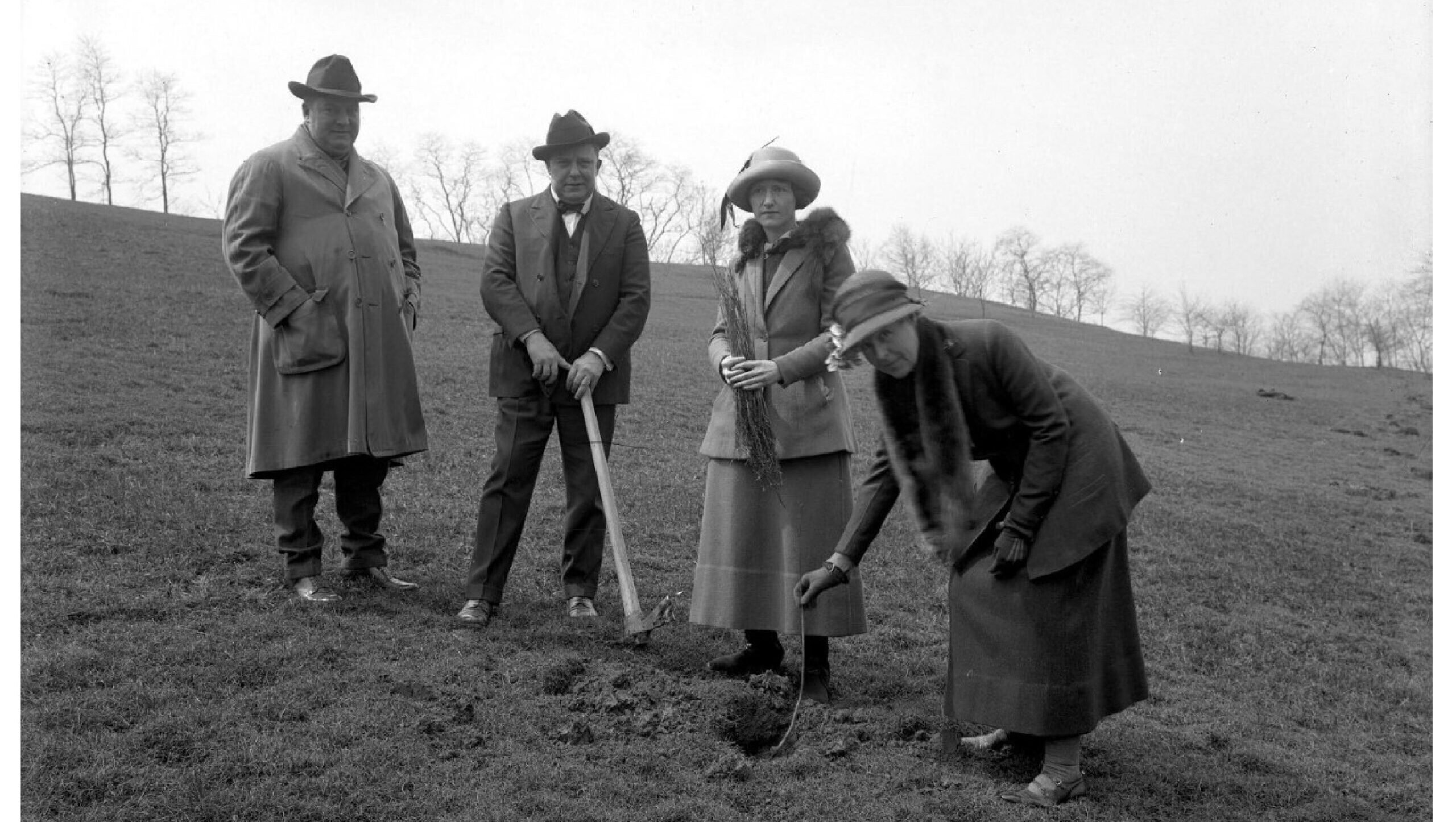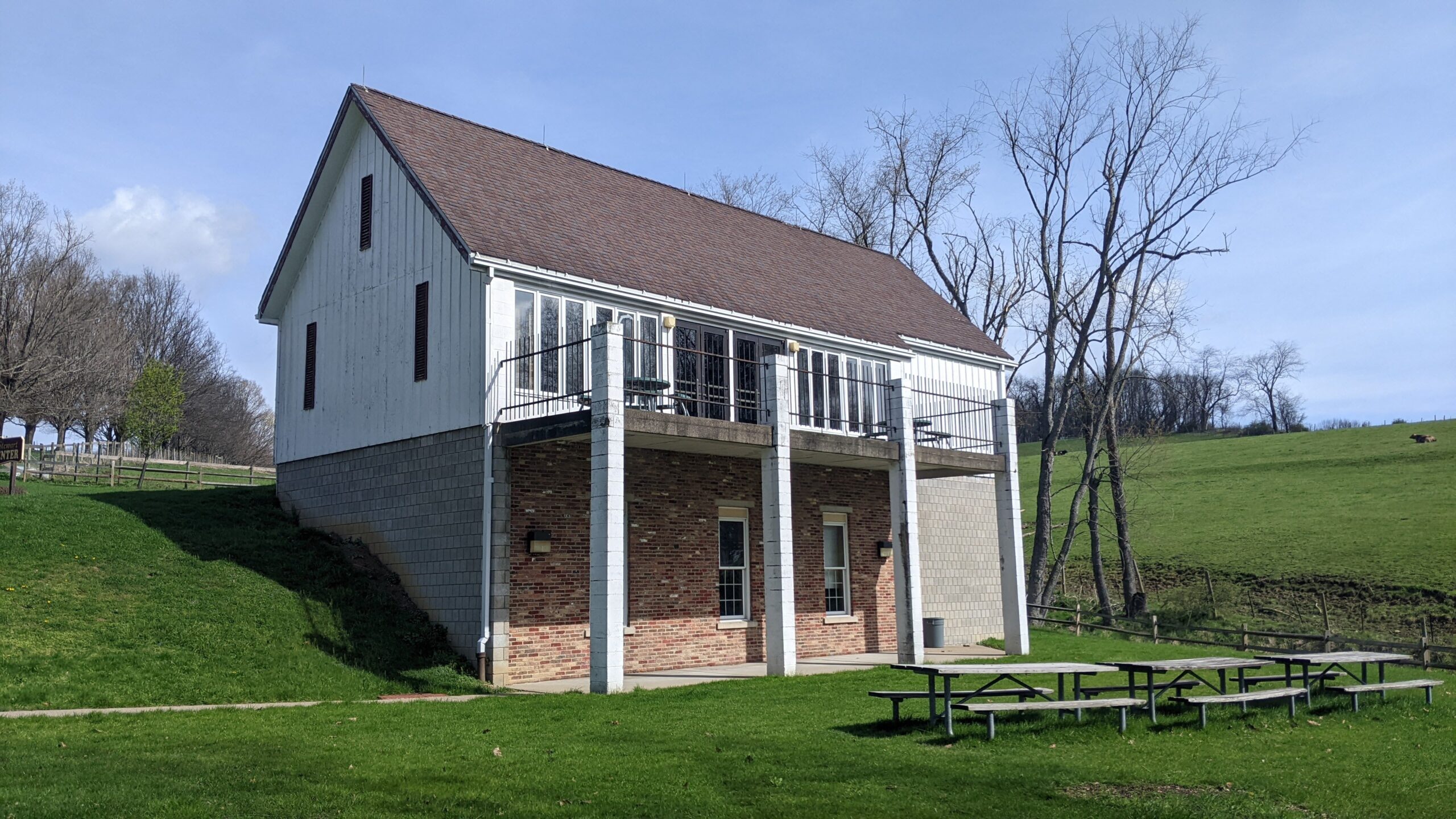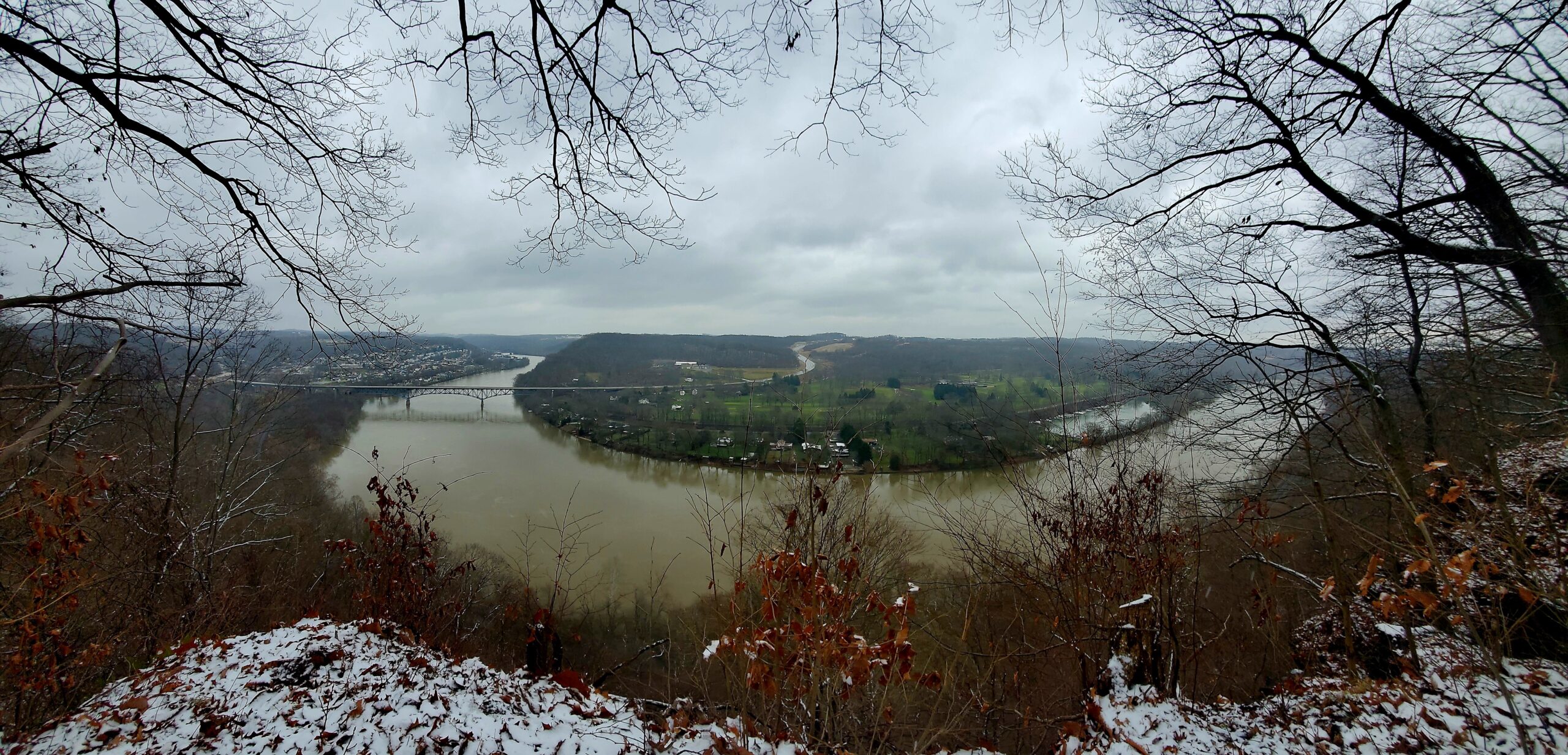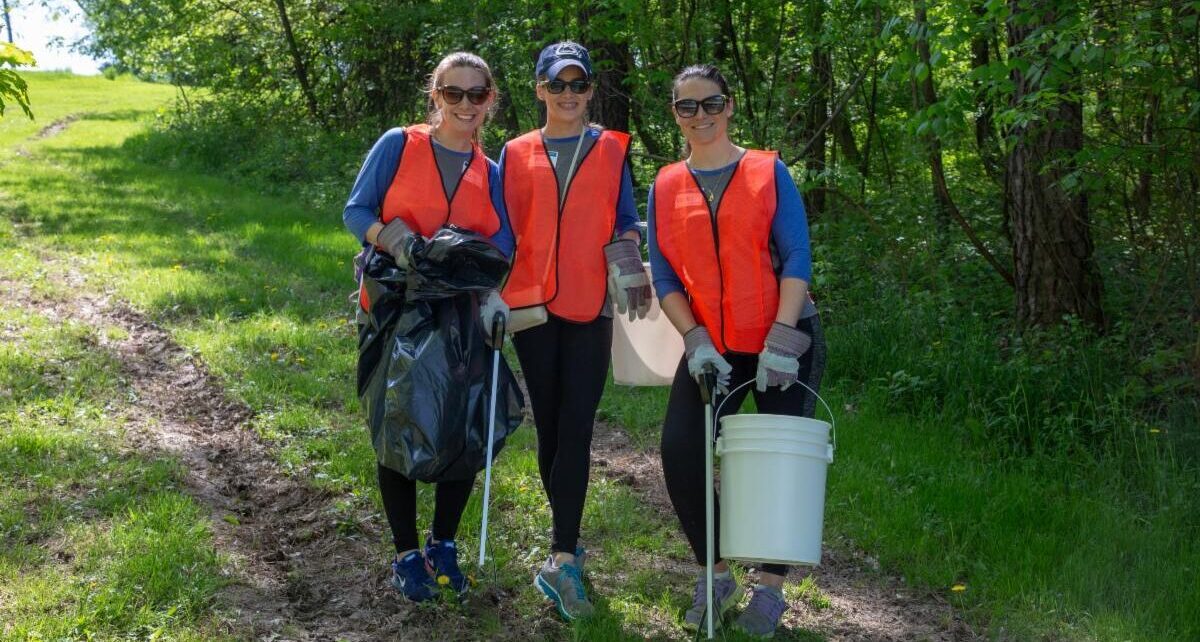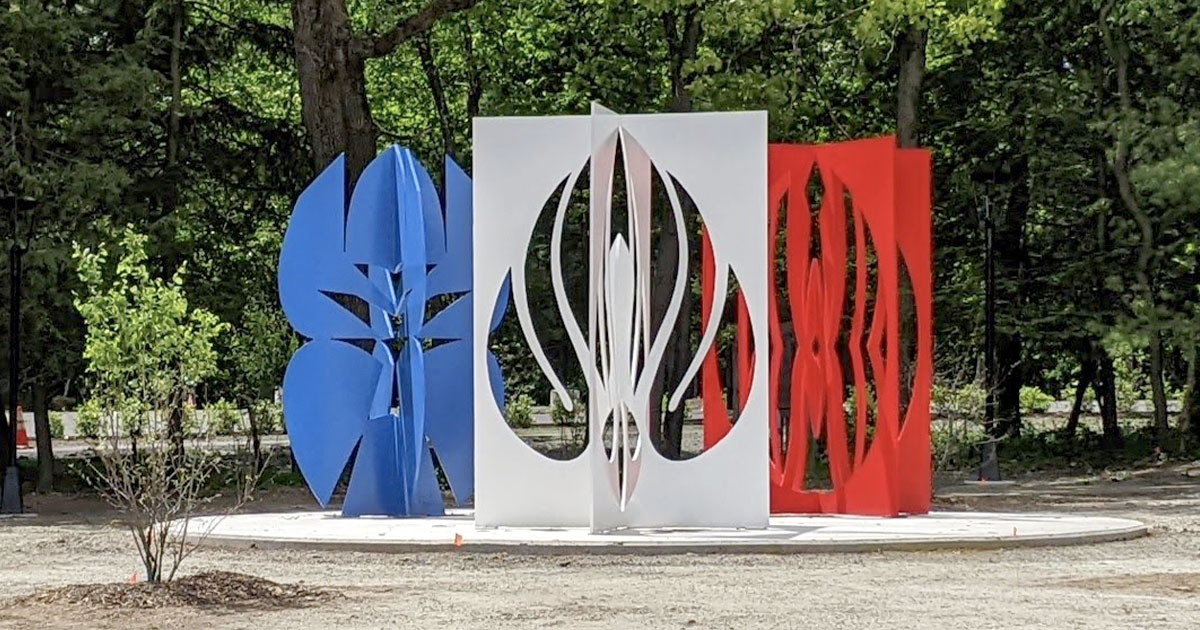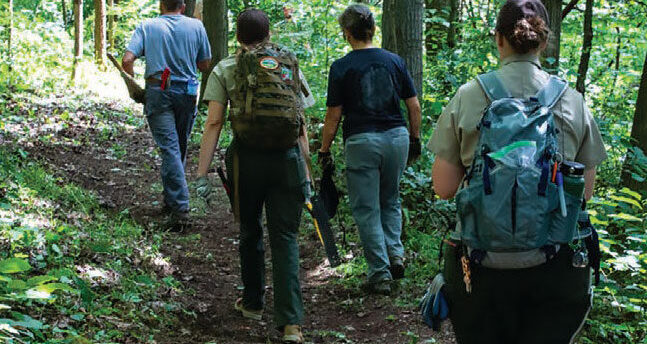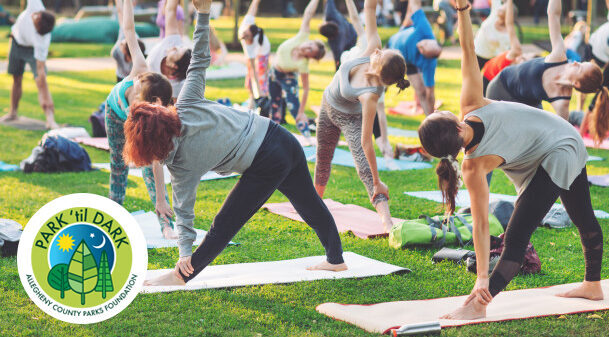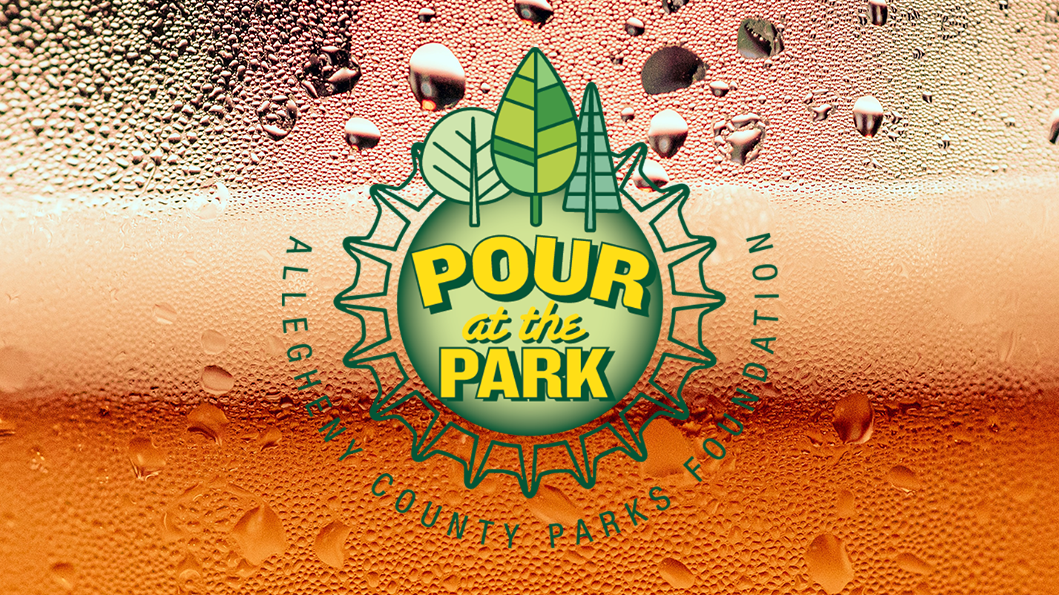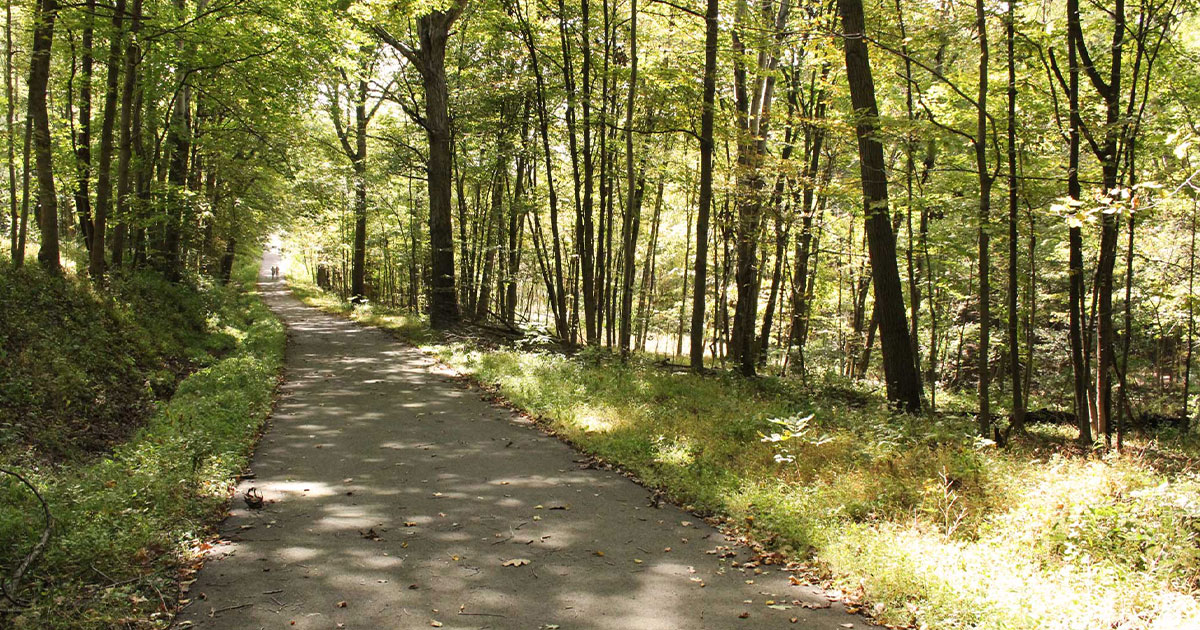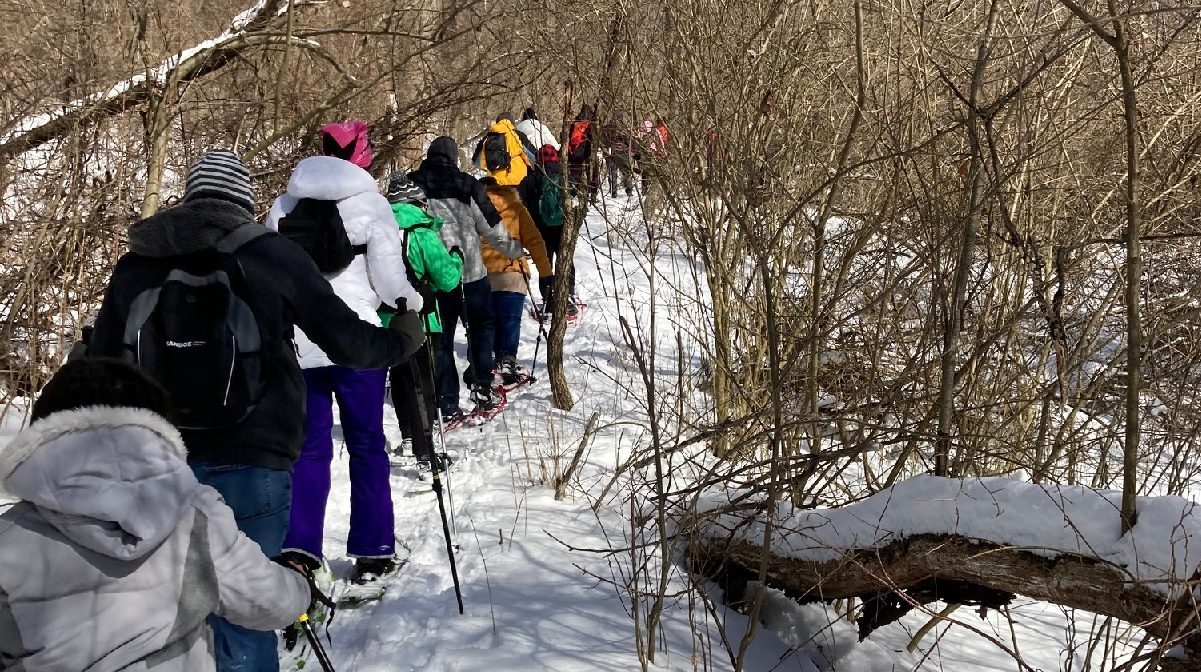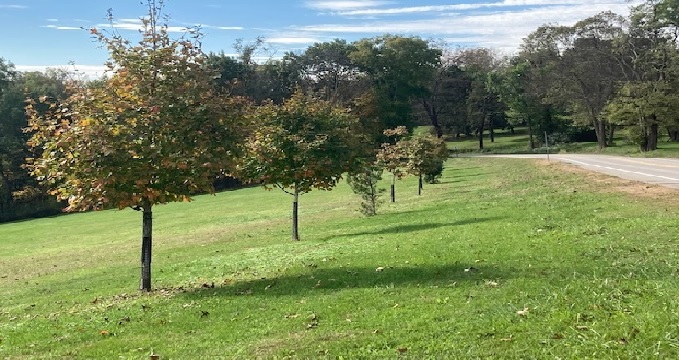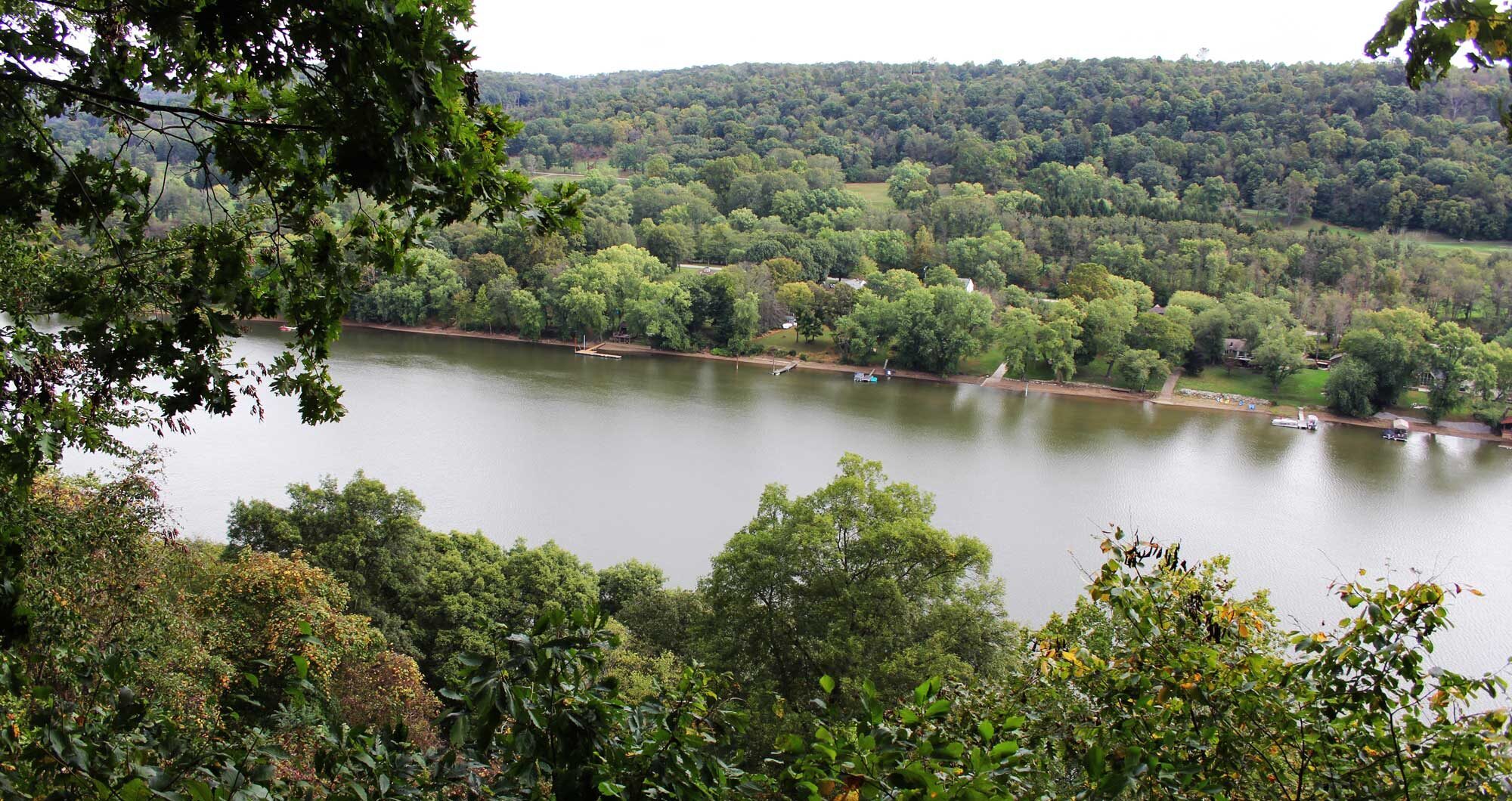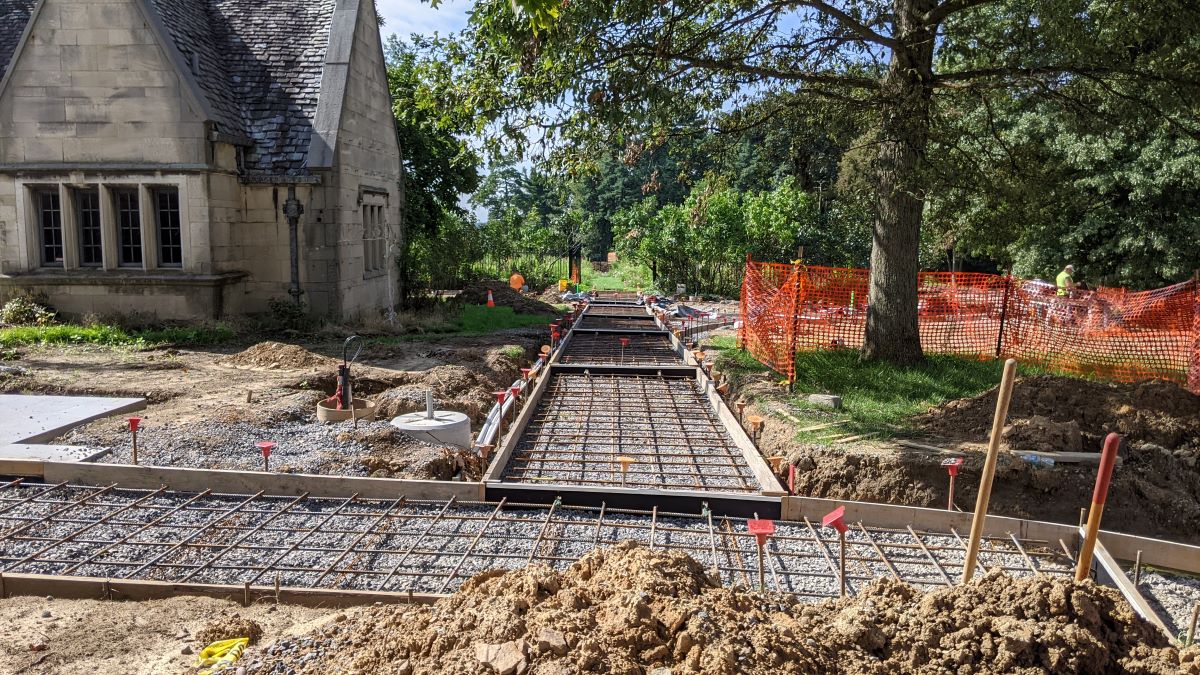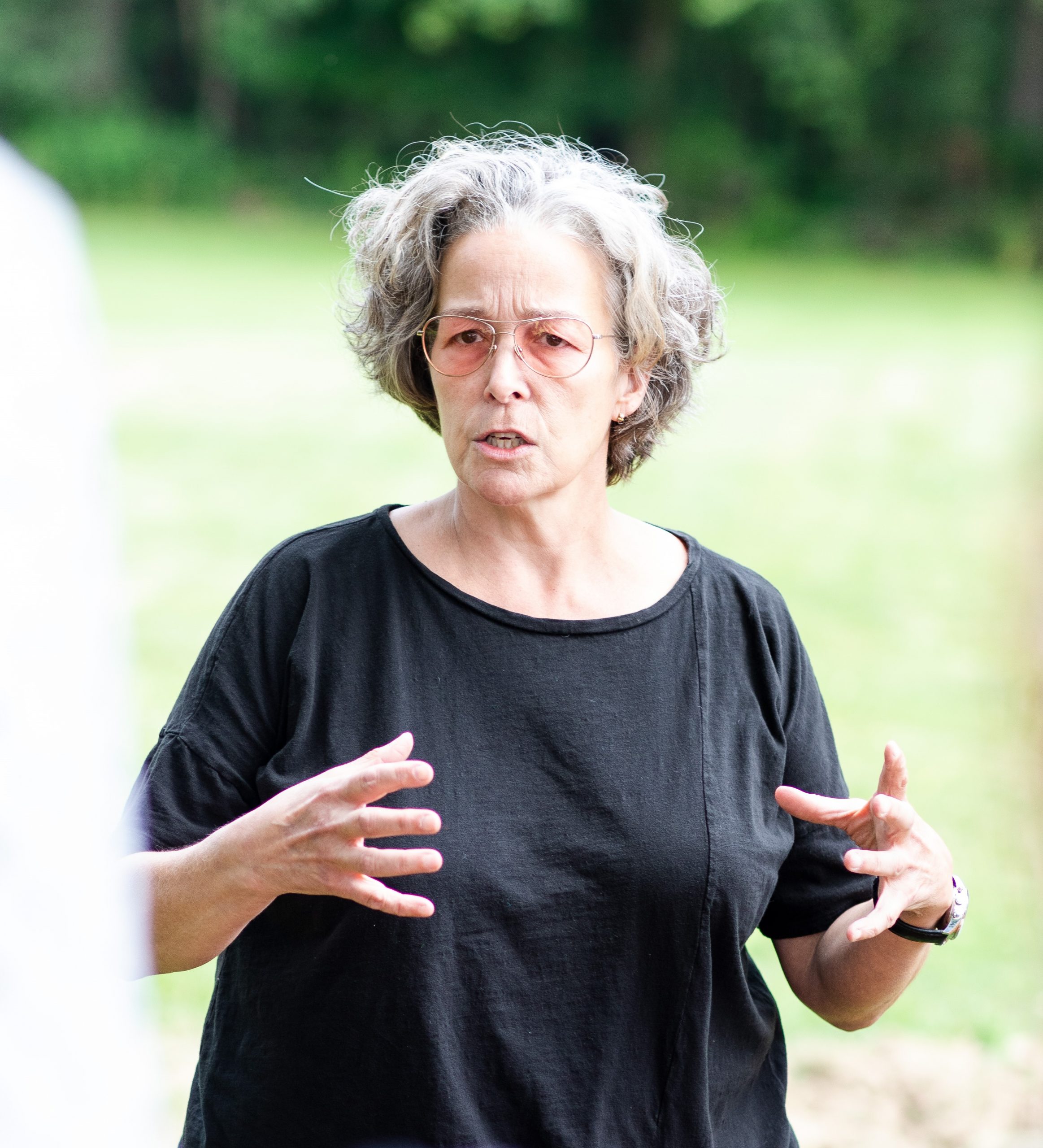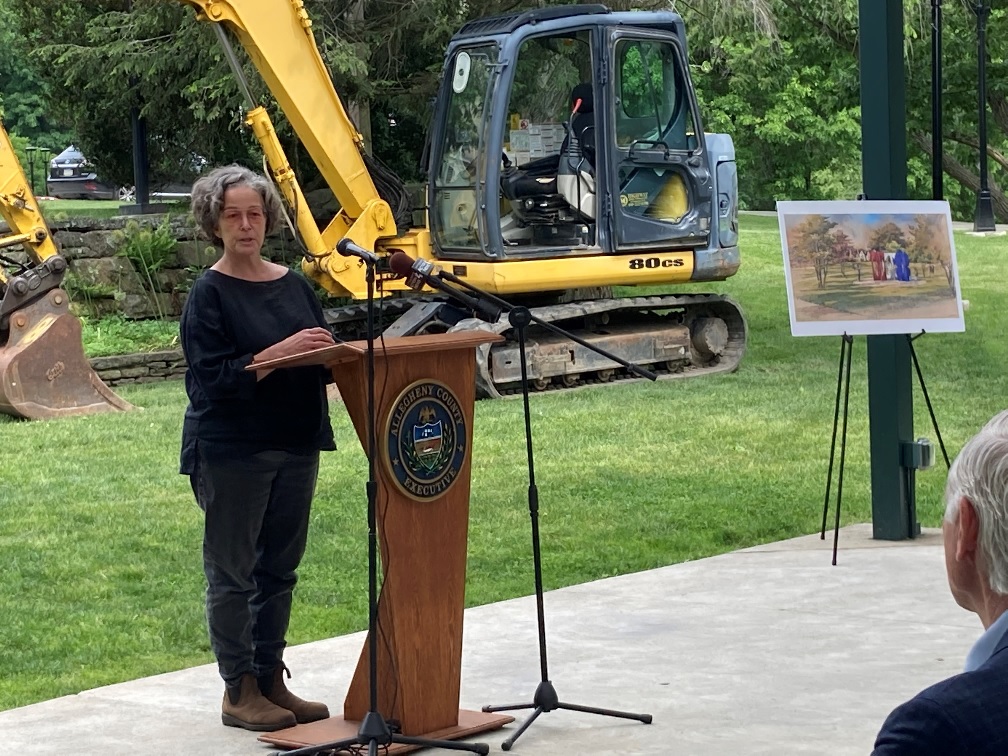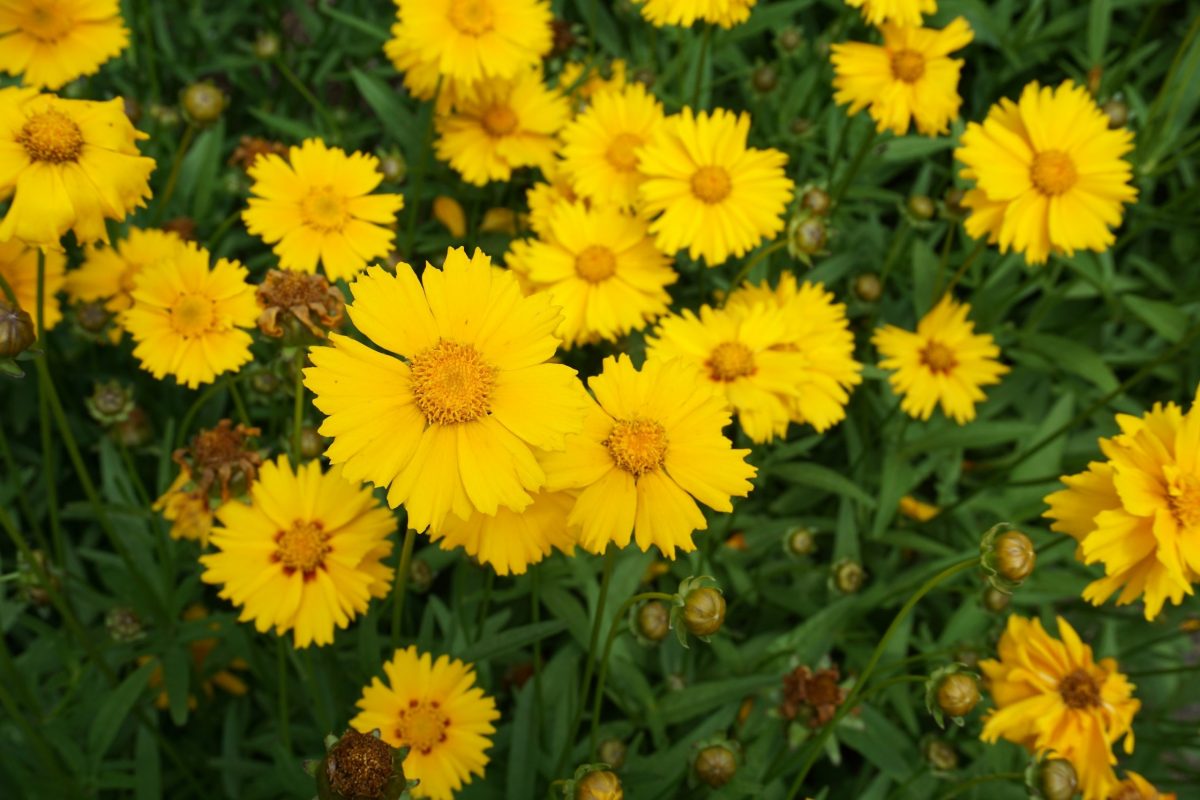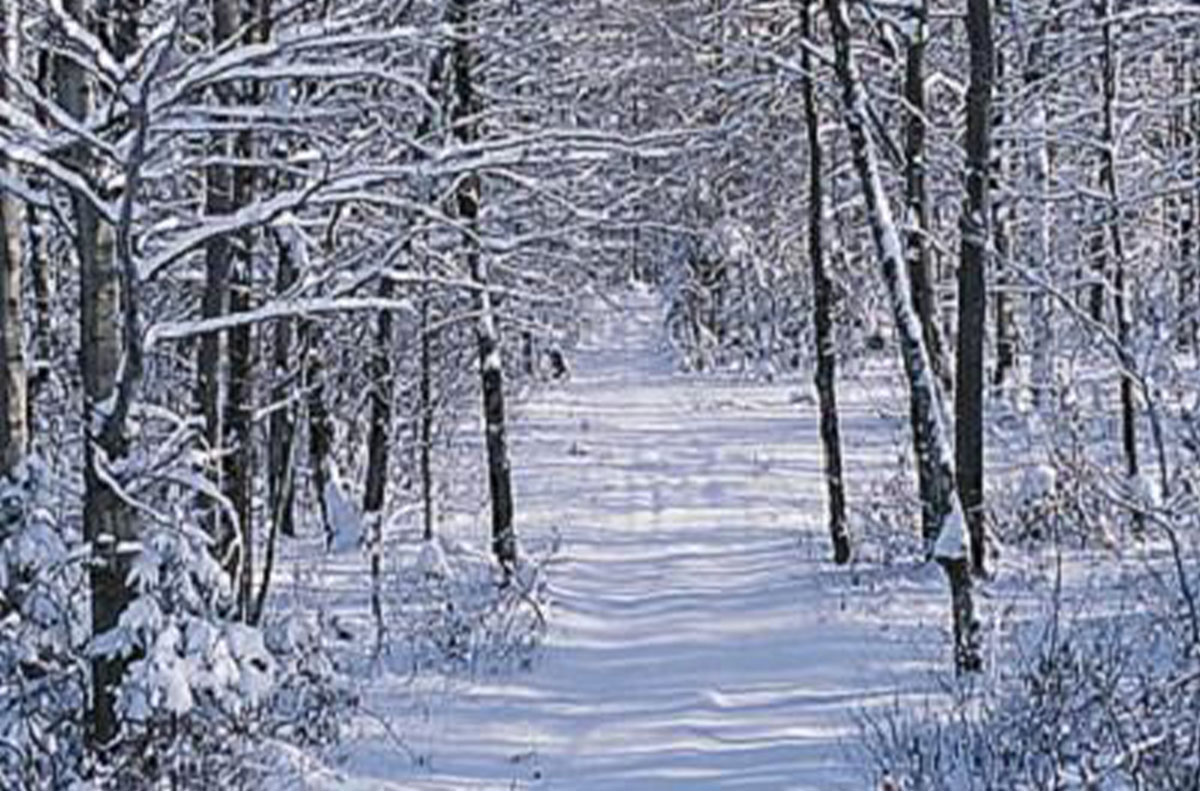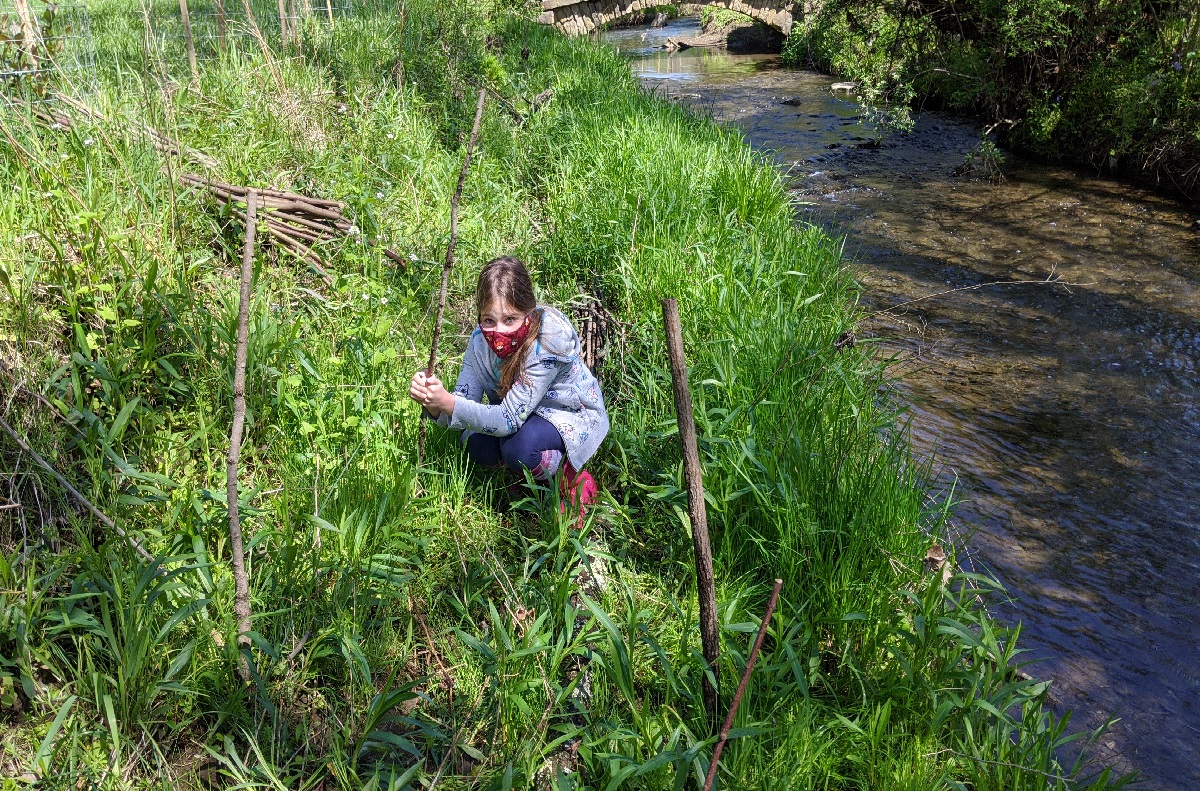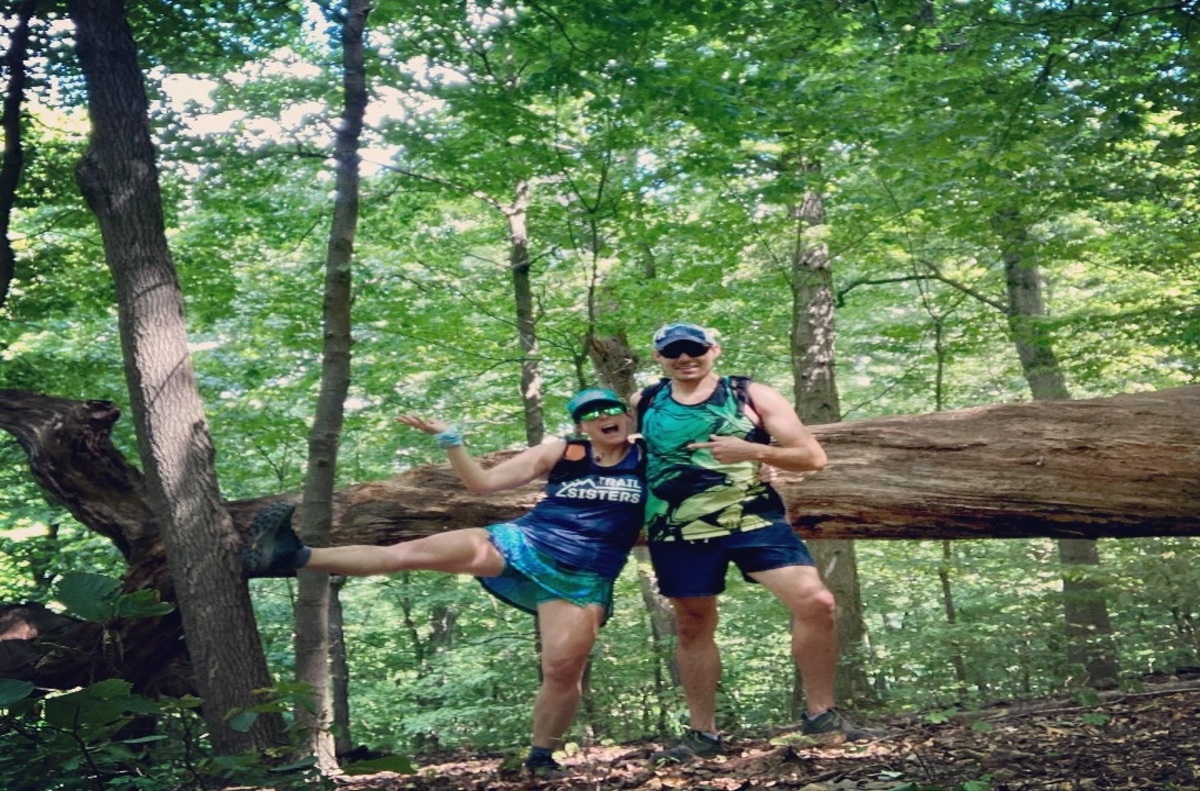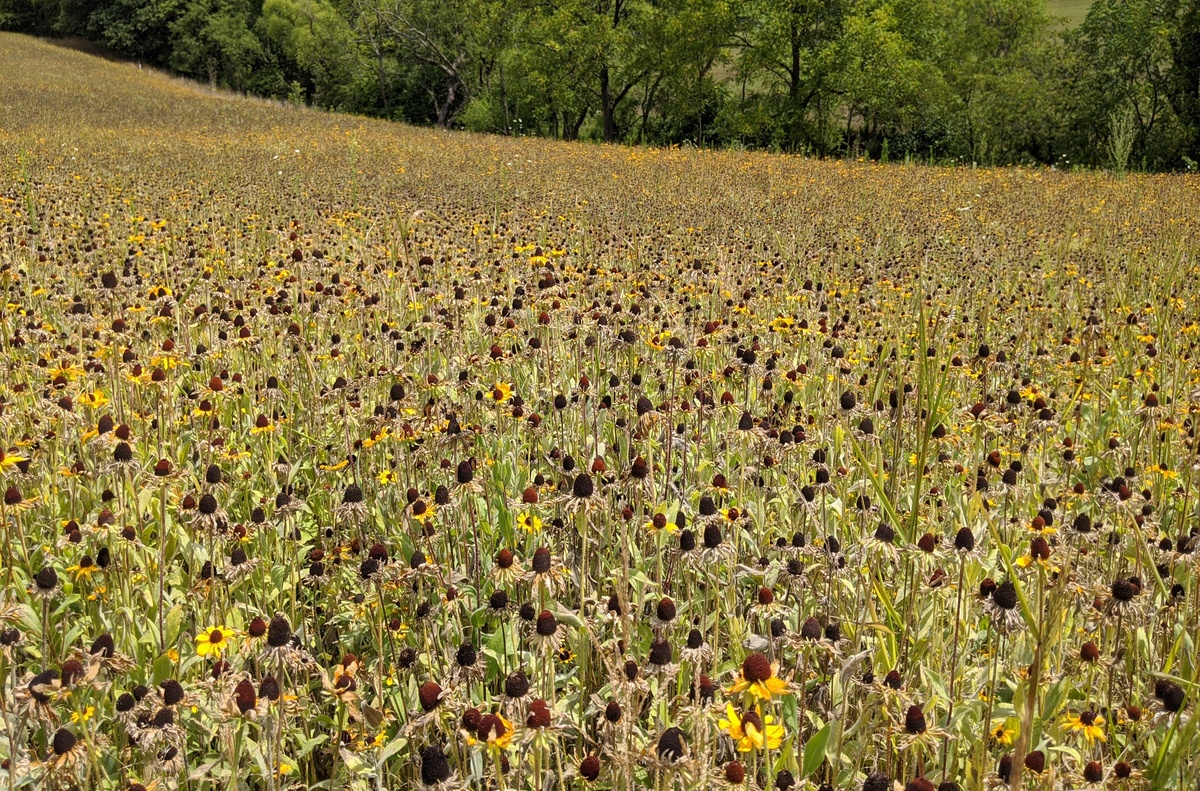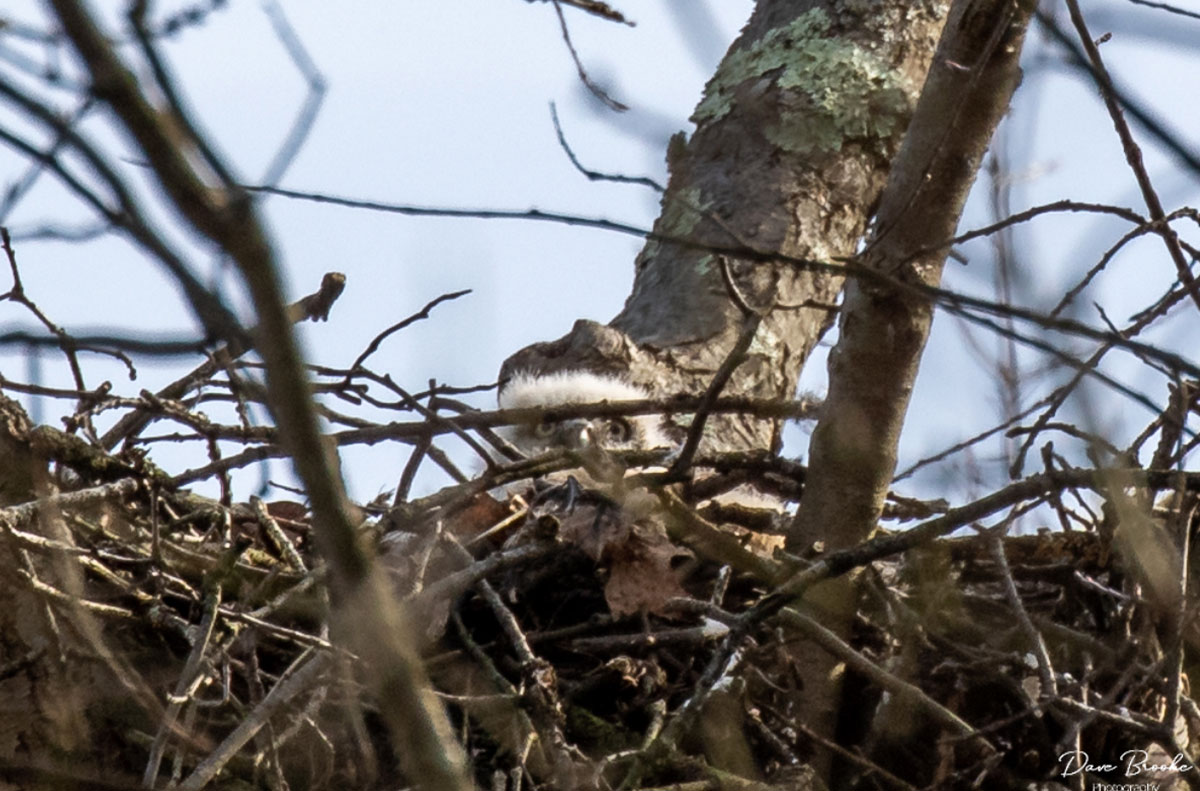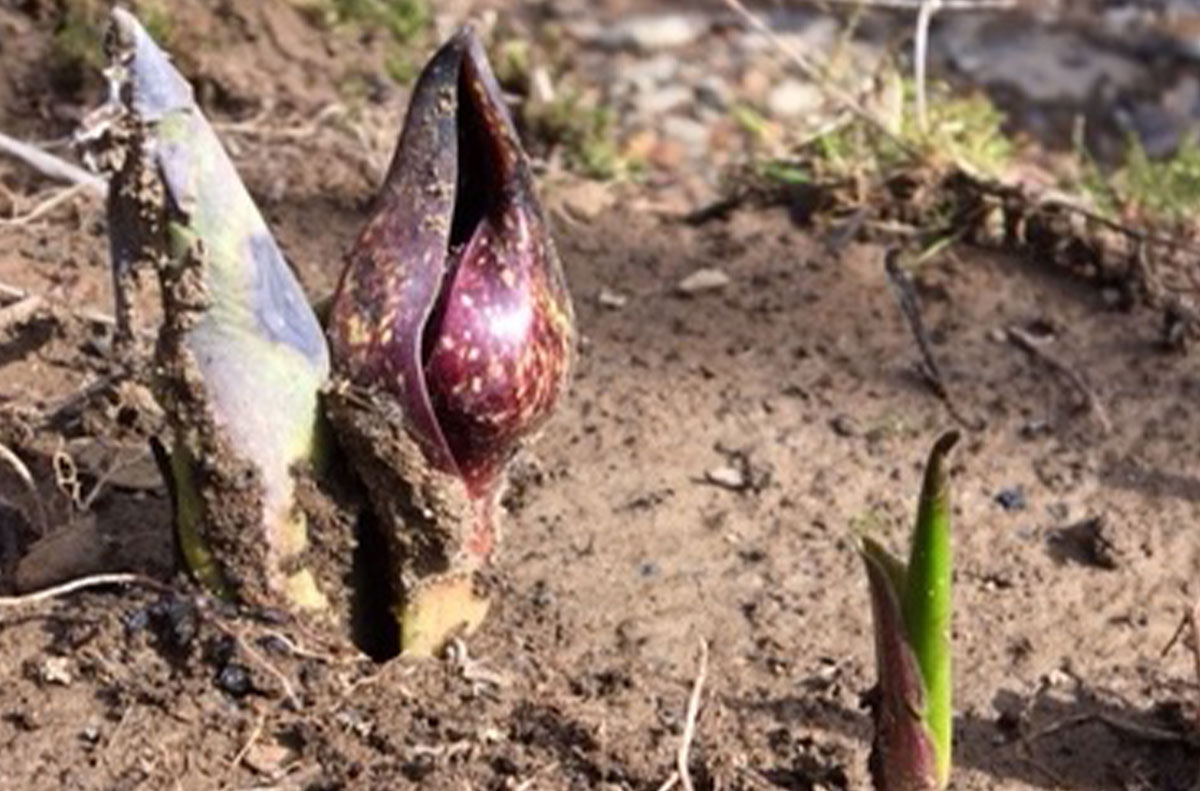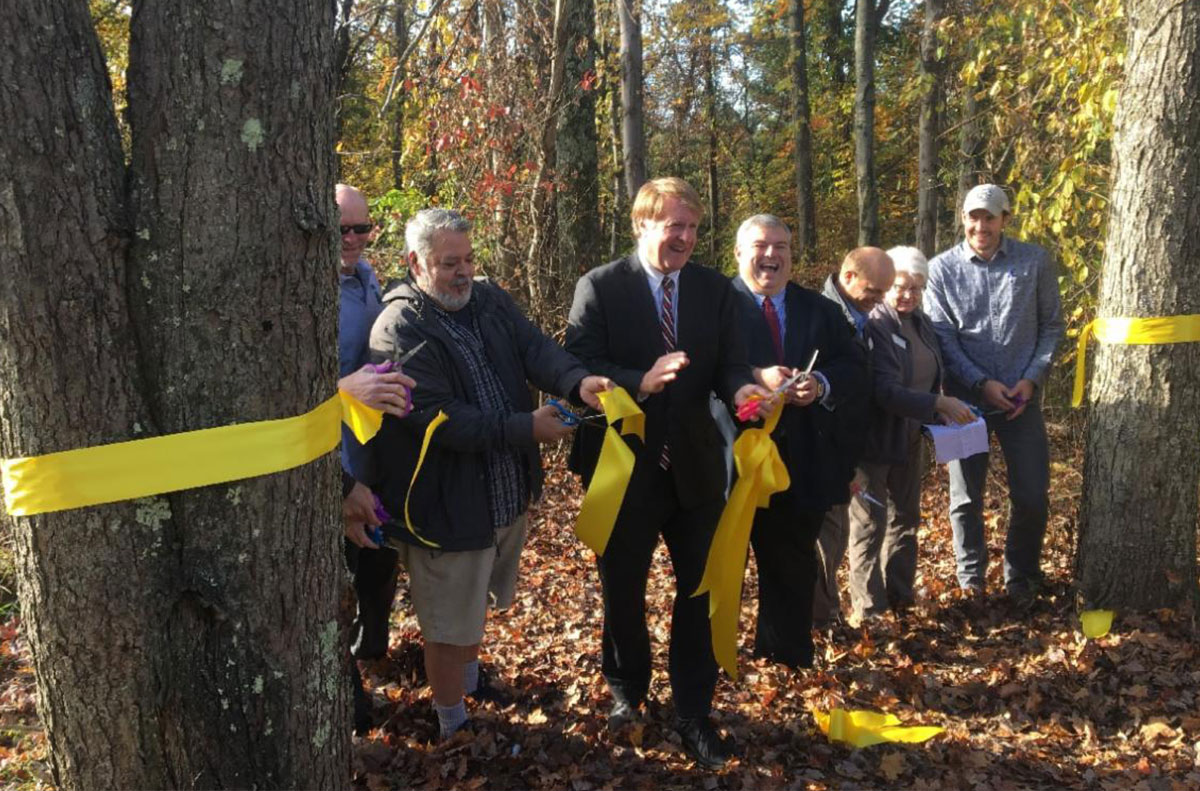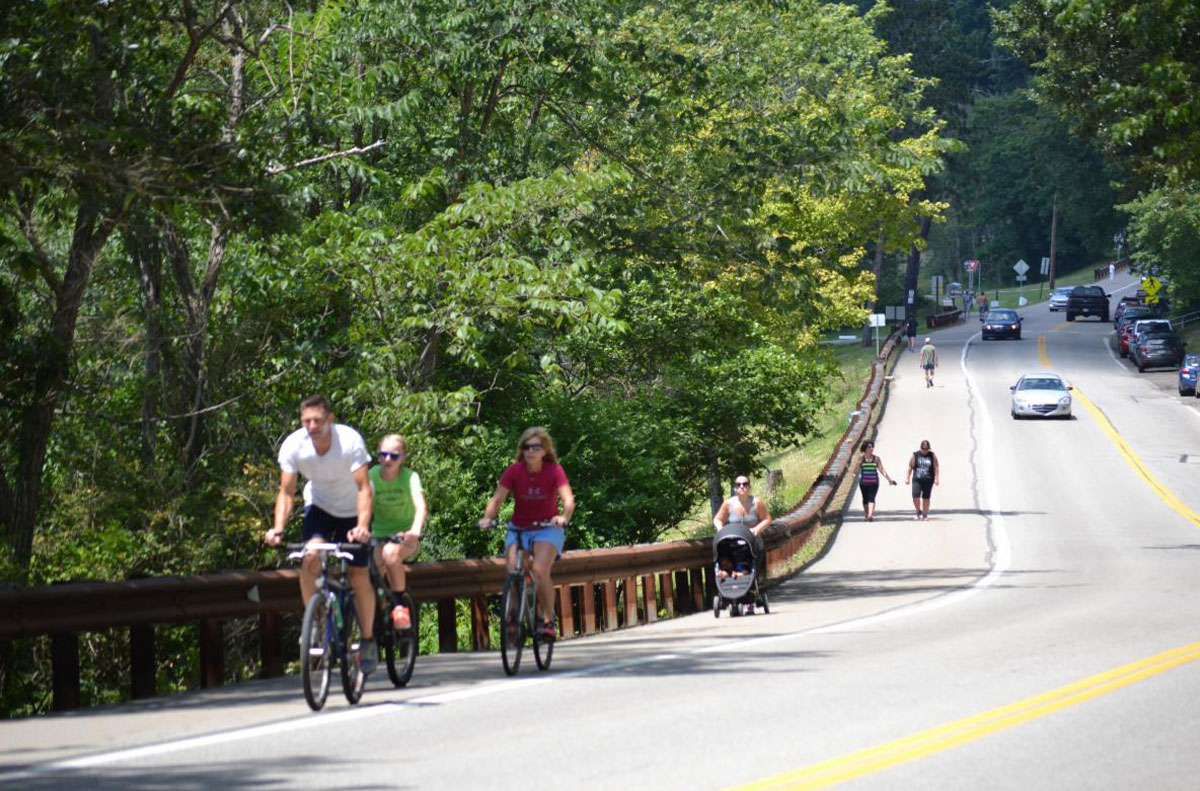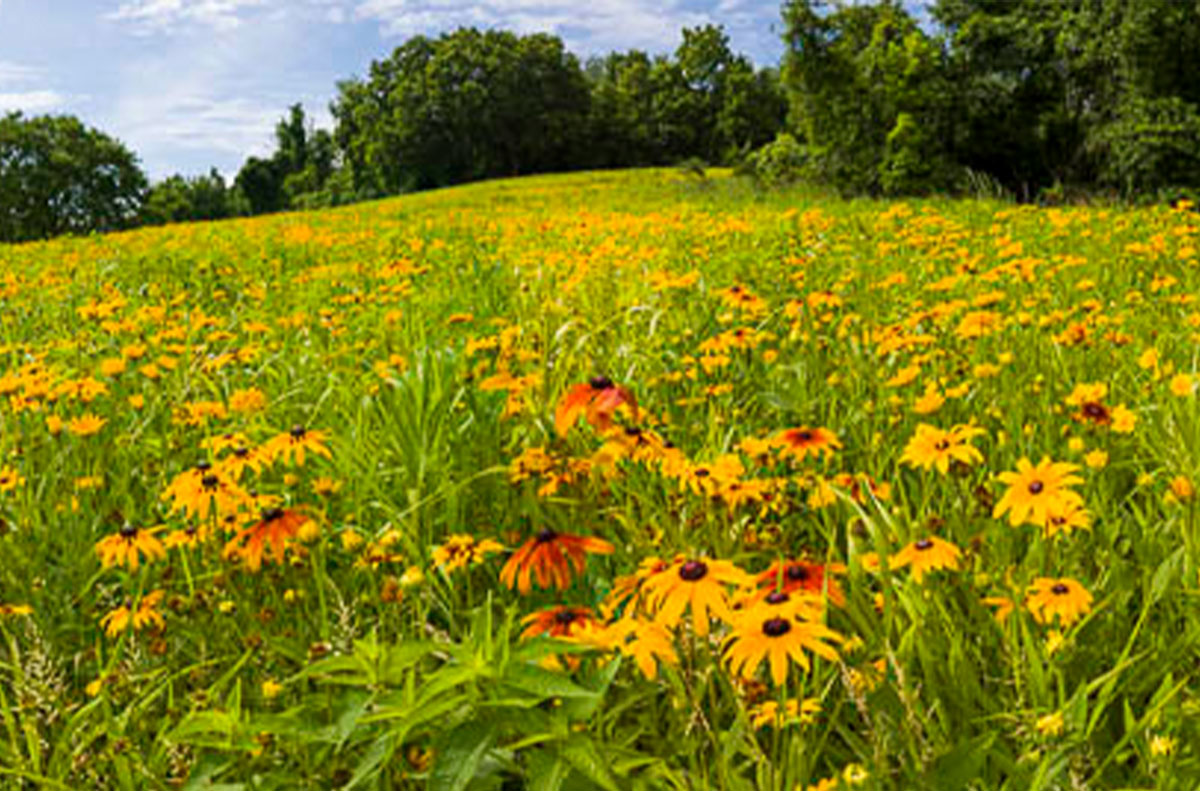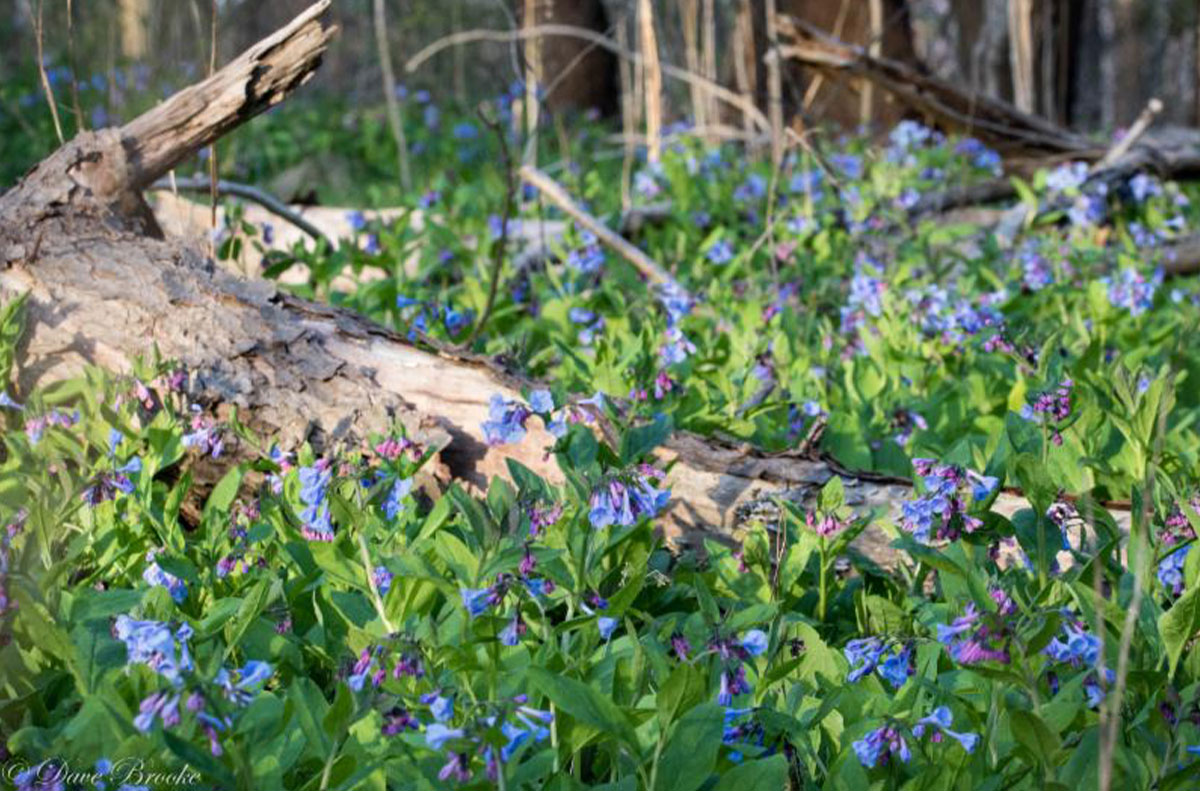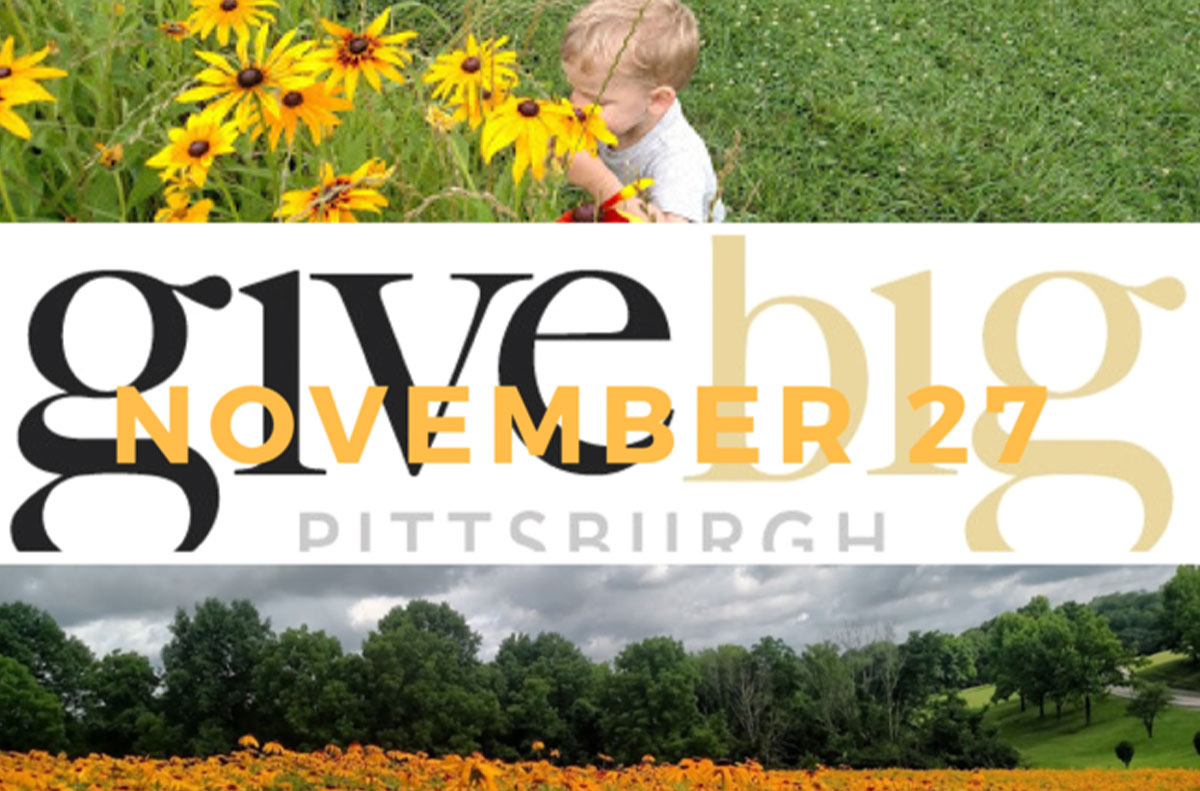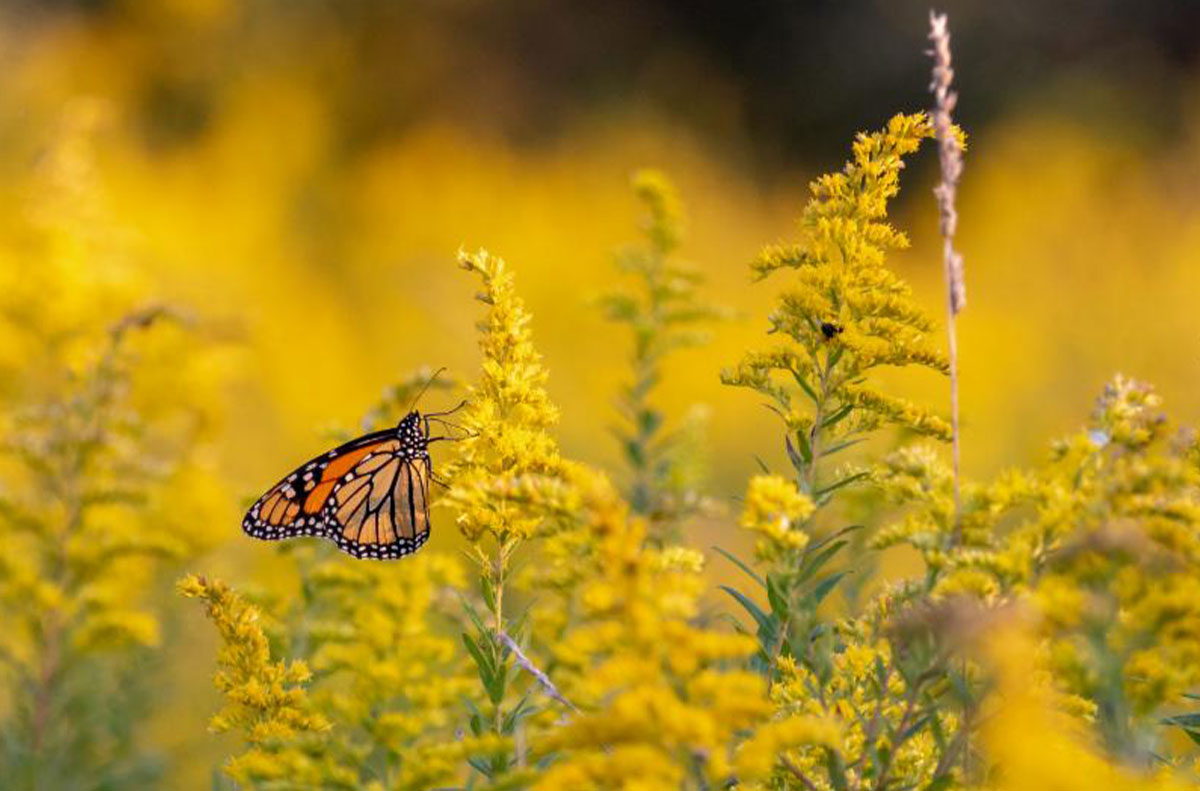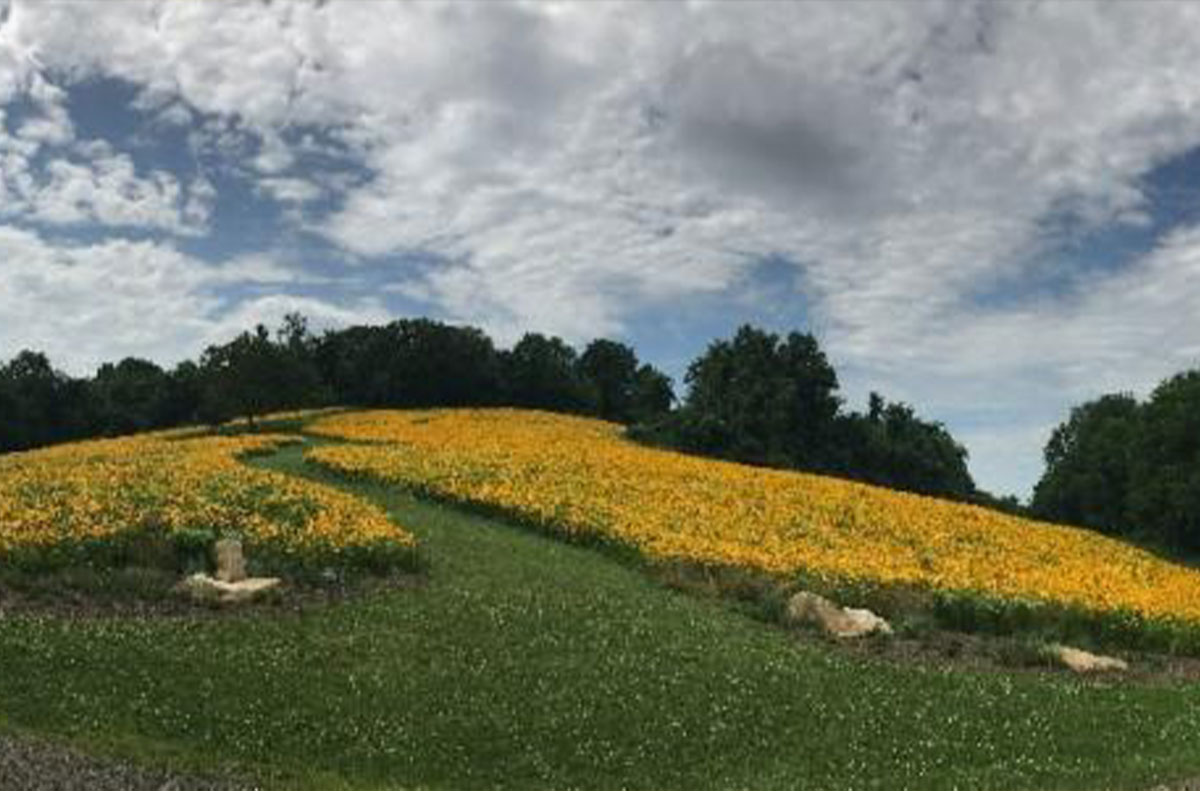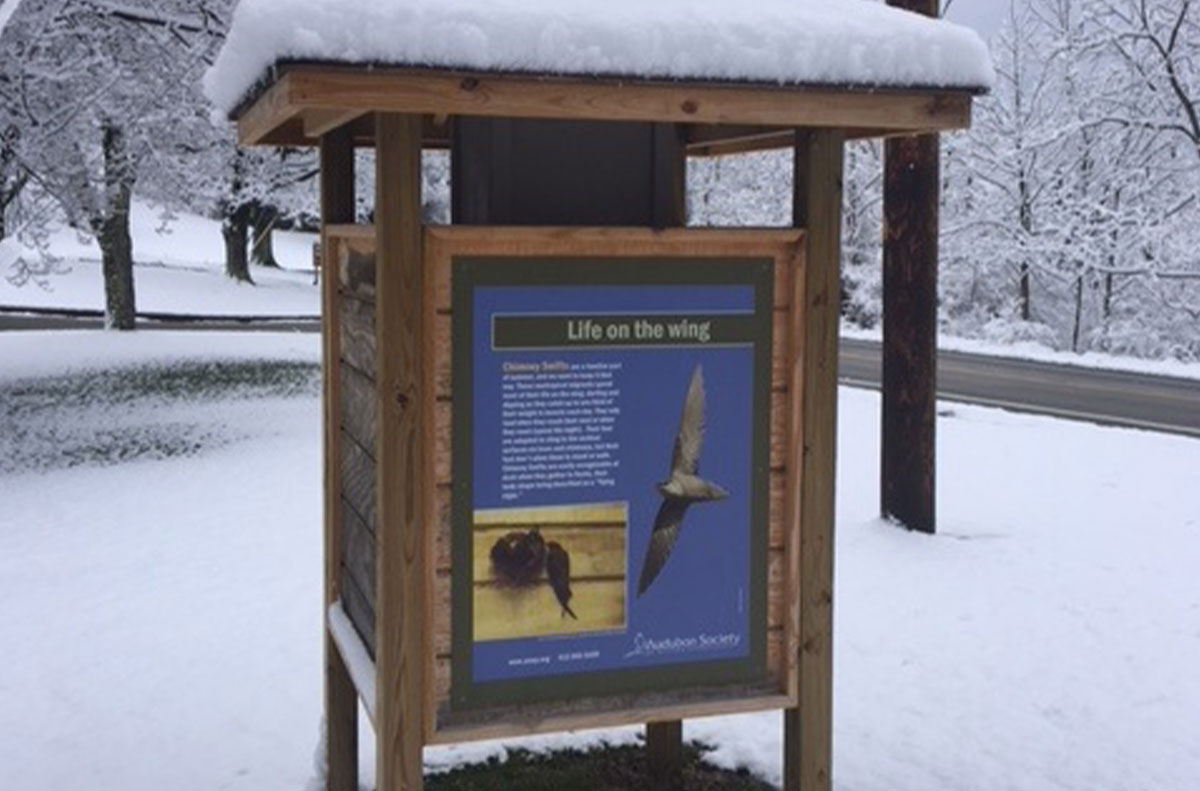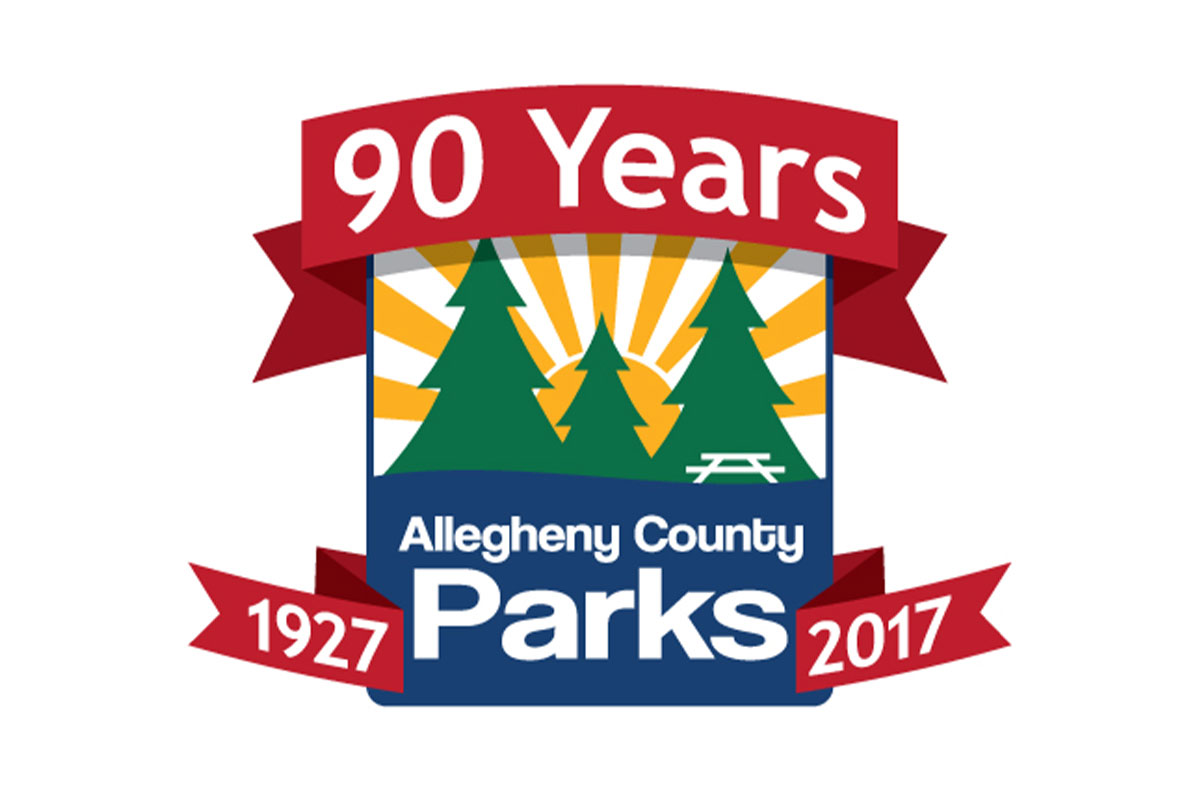May 09 Impact of Meadows on Your Parks
This blog post was written with the support and guidance of Ernst Seeds
A wildflower or native plant meadow is a functional and interactive plant community teeming with and supporting life. It is also a flower garden for all to enjoy and reap the mental benefits of its aesthetic beauty and aromas. Most meadows have 10 or more wildflower and grass species, which creates a diverse and strong ecosystem. Meadows require attention and careful planning to become established but are well worth the effort. An established meadow requires less maintenance than a turf lawn, no watering and mowing just once a year to prevent woody seedlings from taking root. The tall grasses and flower stalks provide a year-round experience for pollinators, insects, and park visitors.
Meadows are always evolving. In fact, visitors should anticipate changes in what they see from year to year. The first growing season will look much different than a second growing season, which will look much different than an established meadow. This diversity helps to suppress weeds and other undesired plants to the area and helps to stimulate the long-term health and sustainability of the soil and land. No matter what it looks like, these meadows provide enormous benefits to ourselves, to local pollinators, to the economy and on local ecology in general.
Impact of Meadows
Bird and Pollinator Food Sources and Shelters
Meadows attract beneficial insects that our pollinator species – like honeybees, monarch butterflies, birds, bats and other native pollinators – survive on. These pollinators are in turn responsible for approximately 1/3 of the food we consume each day. Since pollinators have been on the decline for years, by planting native seeds we are ensuring that our pollinators have food, nectar, shelter and healthy habitats to promote and stabilize populations.
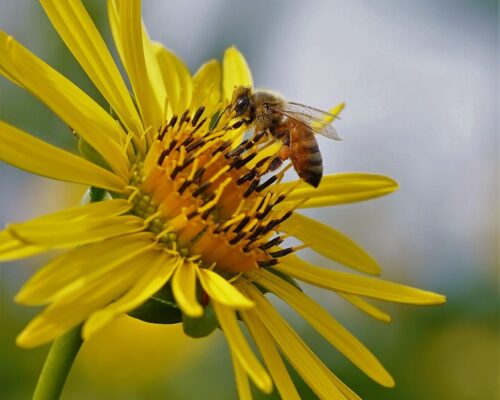
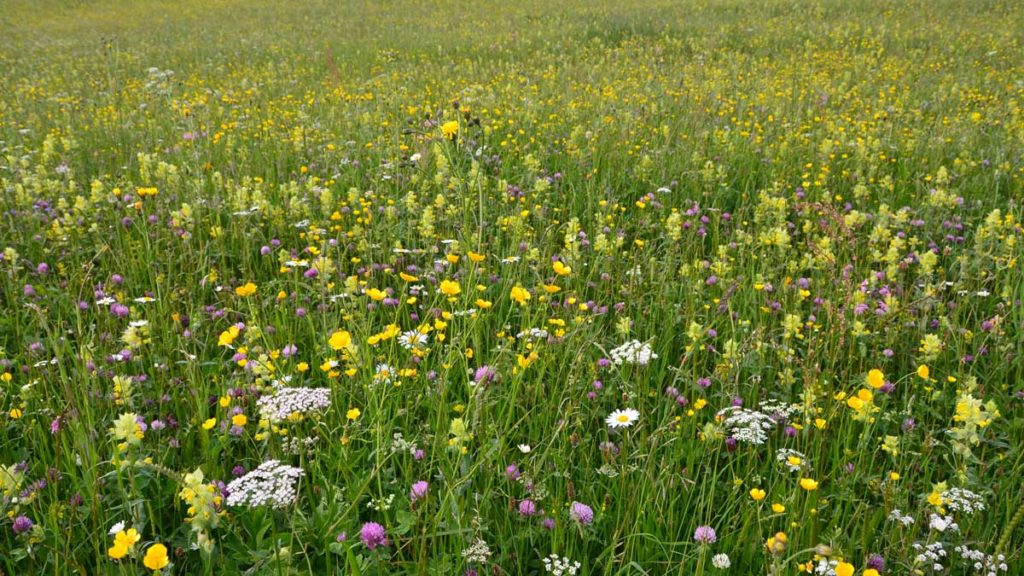
Erosion Control
One of the most effective ways to fight erosion and water runoff is to plant native seed mixes appropriate to the site. Native seed mixes have a variety of plant species with deep roots to help stabilize the soil and bind it together. Plant foliage also intercepts rainfall and helps to provide a cover for the soil, which decreases the droplet’s impact on the soil surface. All of this works together to help ensure that rainwater is absorbed into the ground’s surface and thus reduces soil runoff and erosion.
Stormwater Absorption
Native plants protect the local watershed and help to manage rain runoff, flooding and landslides by absorbing polluted stormwater before it can flow into our lakes and rivers. Additionally, native plants provide nutrients, assist with hydrologic processes like percolation and act as filters. Since meadows have a diverse mix of different species, they are well equipped to survive tough climate changes. Different plant species will thrive in different conditions, which is perfect for managing stormwater since conditions will vary in these locations based on how much water or drought we receive.
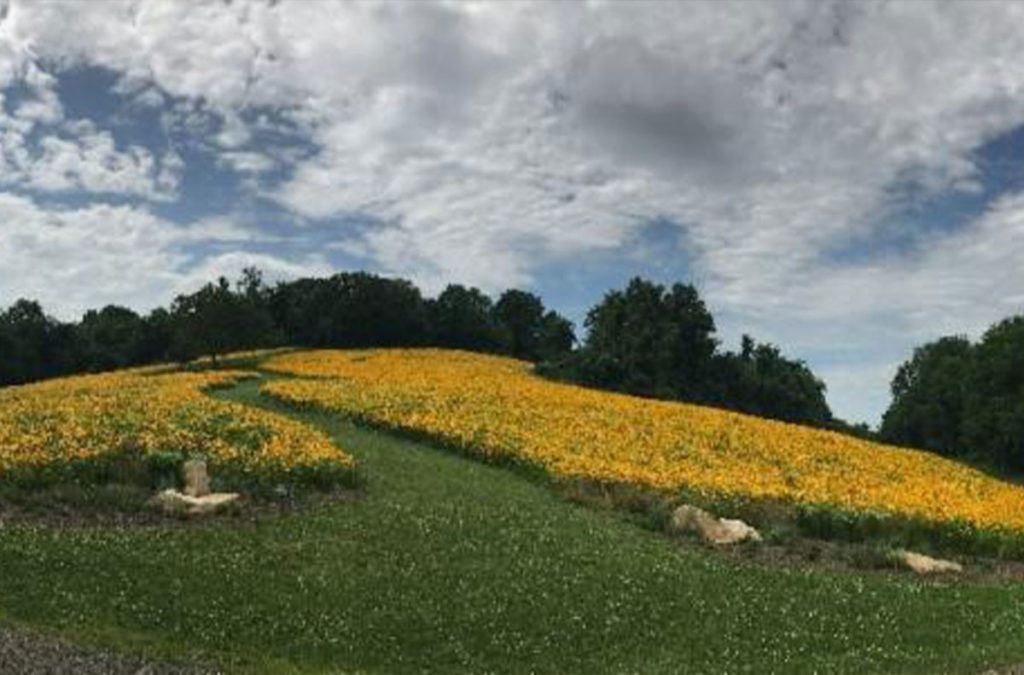
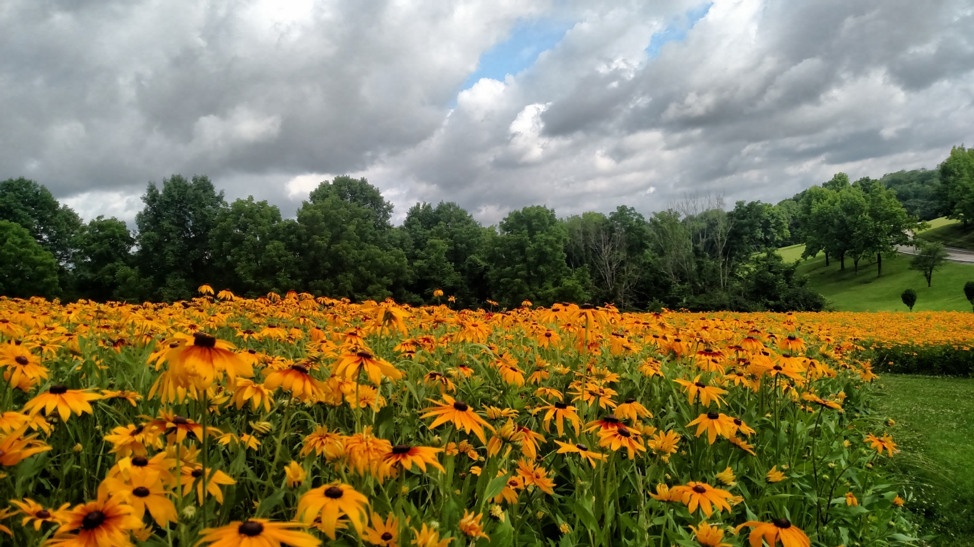
Meadows are beautiful and attract park visitors
Meadows provide a beautiful landscape of blooming flowers in the summer, healthy habitat in the winter and change with the seasons and years. Meadows encourage visitation – between birders who come to see avian attractors, to nature photographers, to those looking to walk through the paths and explore their layers of beauty. There is something about the sounds, smells and beauty of a meadow scene that encourage us to pause, be present and enjoy the beautiful landscape that surrounds us.
The Allegheny County Parks Foundation has partnered with Allegheny County to successfully install almost 40 acres of meadows within Boyce Park, Hartwood Acres, North Park and South Park. Additionally, thanks largely in part to the success of Boyce Park’s Indian Hill Meadow, Allegheny County has now added meadows to previously mowed areas in all 9 of your county parks.
Learn more about a few of the meadows we have worked on in your parks:
- Celebration Meadow at Boyce Park
- Indian Hill Meadow at Boyce Park
- The Caren Glotfelty Meadow at Hartwood Acres
- Small meadows sprinkled throughout the Sculpture Garden at Hartwood Acres
- Riparian zone meadow planting at North Park
- The Paul Riis Meadow at South Park
- Fairgrounds Oval Meadow at South Park
We also have a guide available if you are interested in creating a home meadow on your property.
Our 2023 Impact In Your Parks
At the Allegheny County Parks Foundation, the journey through 2023 has been a testament to our unwavering commitment to improve, conserve and restore ...
Allegheny County Parks Winter Bucket List
Happy Winter! There is an undeniable allure to the great outdoors in winter. Between the chill in the air and the snow-laden branches, wispy snowflake...
Coming Face-to-Face with Abstraction at Hartwood Acres
When you walk through the lush landscape of Hartwood Acres, you would hardly expect to come face to face with abstract steel – welded and bolted to ...
Celebrating Earth Month: A Letter from our Executive Director
15 years ago, I became a member in the first Tree Tender Class of Tree Pittsburgh for a street tree planting project. After I received my certificatio...
Women’s History Month – Celebrating the Life and Legacy of Mary Flinn Lawrence
This guest blog post was written by Allegheny County Park Ranger, Deaglan McManus. Women have undoubtedly contributed greatly to the creation and co...
Inclusivity in Your Parks
Our organizational vision is to bring together ideas, leadership and resources to make the parks more sustainable and enjoyable for all. When w...
Our 2022 Impact In Your Parks!
From all of us at the Allegheny County Parks Foundation, thank you to everyone who supported our work to improve, conserve and preserve the 9 A...
Joey-Linn Ulrich Announced As New Executive Director
The board of directors of the Allegheny County Parks Foundation has announced Joey-Linn Ulrich as the new executive director of the Foundation after a...
Observation Tower Project in North Park Announced
The Parks Foundation is excited that the first phase of the restoration of a beloved North Park attraction – the Observation Tower – is beginning....
Trail Discovery Guide
Welcome to the Allegheny County Parks Foundation’s Trail Discovery Guide. Here’s your quick, easy-to-follow snapshot of featured trails in the 9 A...
Sculpture Garden Construction Progress
Construction safety requirements have limited the public’s access to visit the Mansion side of Hartwood Acres but that’s a good thing! It means th...
Dee Briggs talks art and more*
Dee Briggs is a Wilkinsburg-based sculptor with a national reputation. Yet she has never been commissioned to create an artwork for a local outdoor pu...
Caren Glotfelty to retire with appreciation
It is with great appreciation for all that she has done in leading the Allegheny County Parks Foundation that we announce the retirement of our Execut...
Sculpture Garden gets new sculptor
PITTSBURGH – Allegheny County and the Allegheny County Parks Foundation celebrated the start of the next phase of the Sculpture Garden at Hartwood A...
Caren Glotfelty To Receive PA Environmental Council Lifetime Achievement Award
Caren Glotfelty, executive director of the Allegheny County Parks Foundation and longtime Pennsylvania environmental leader in academia, government an...
